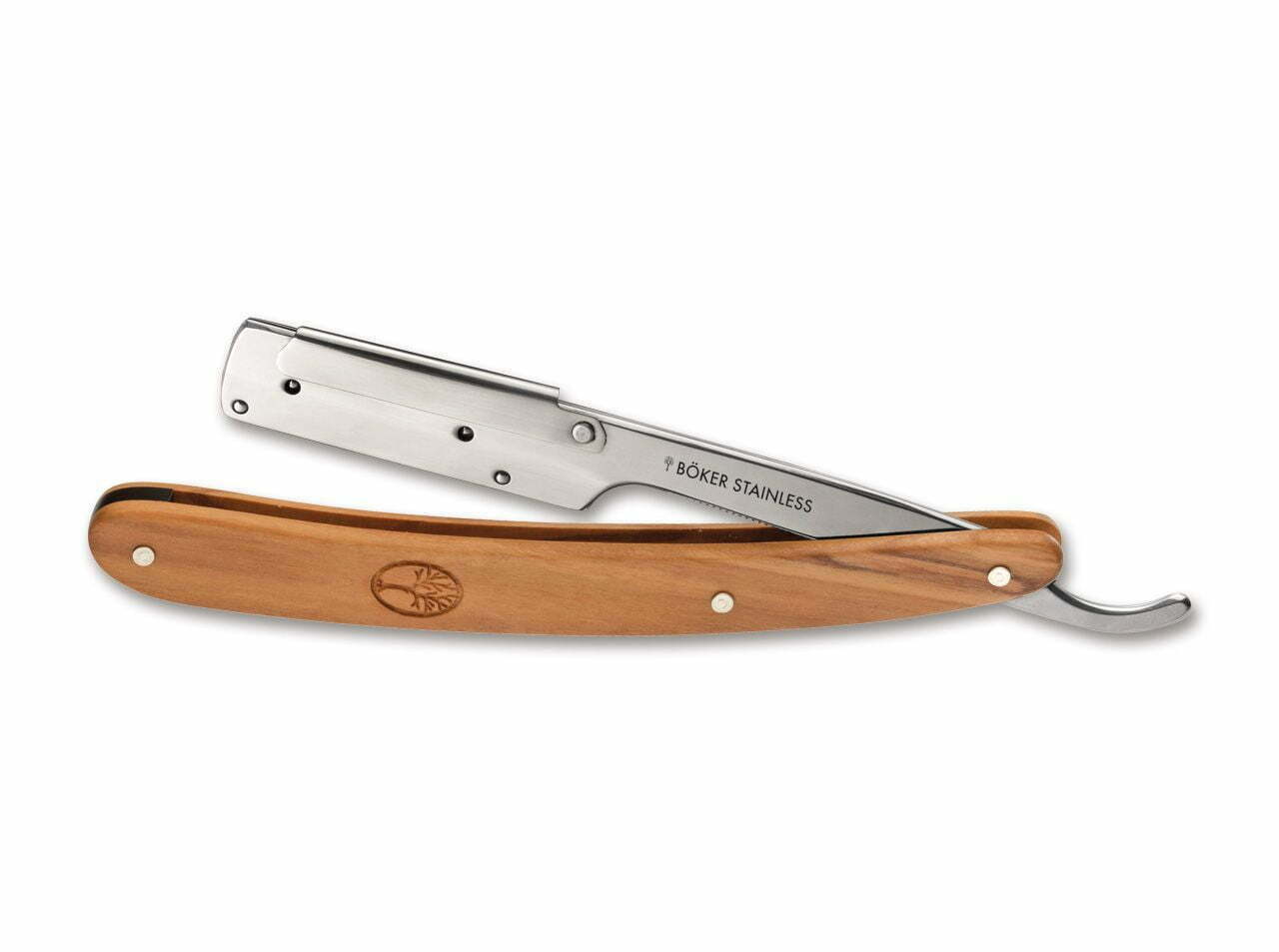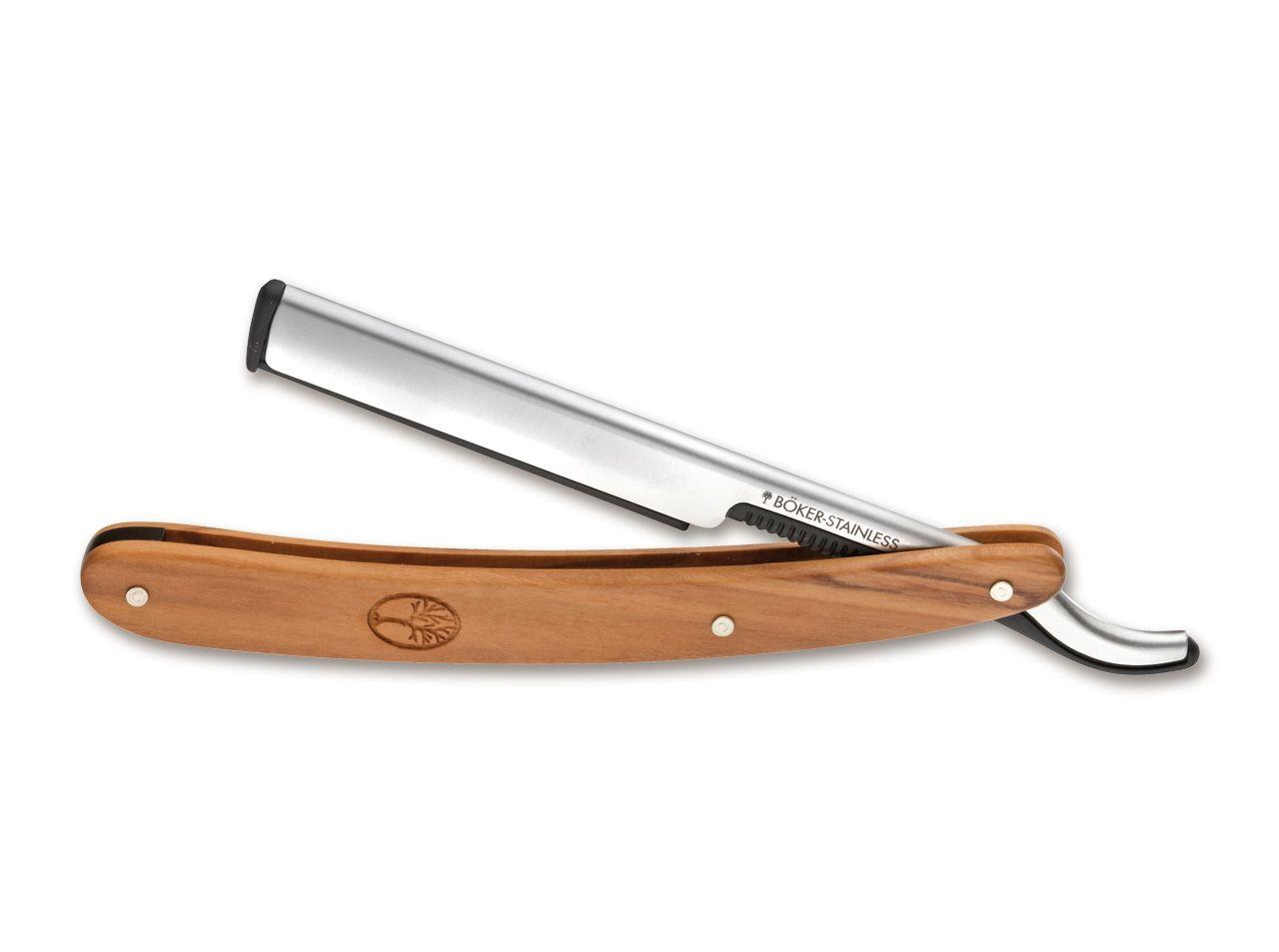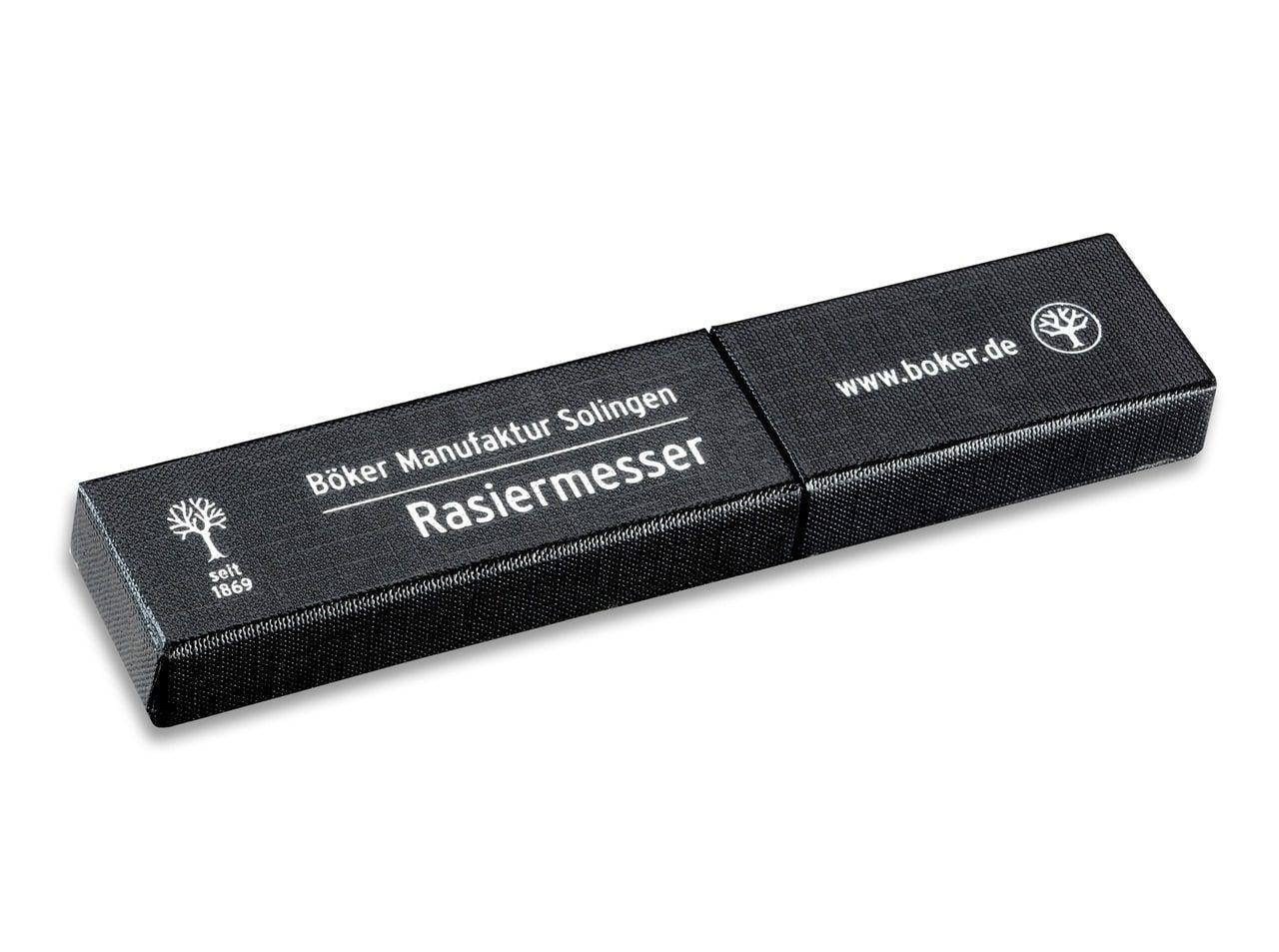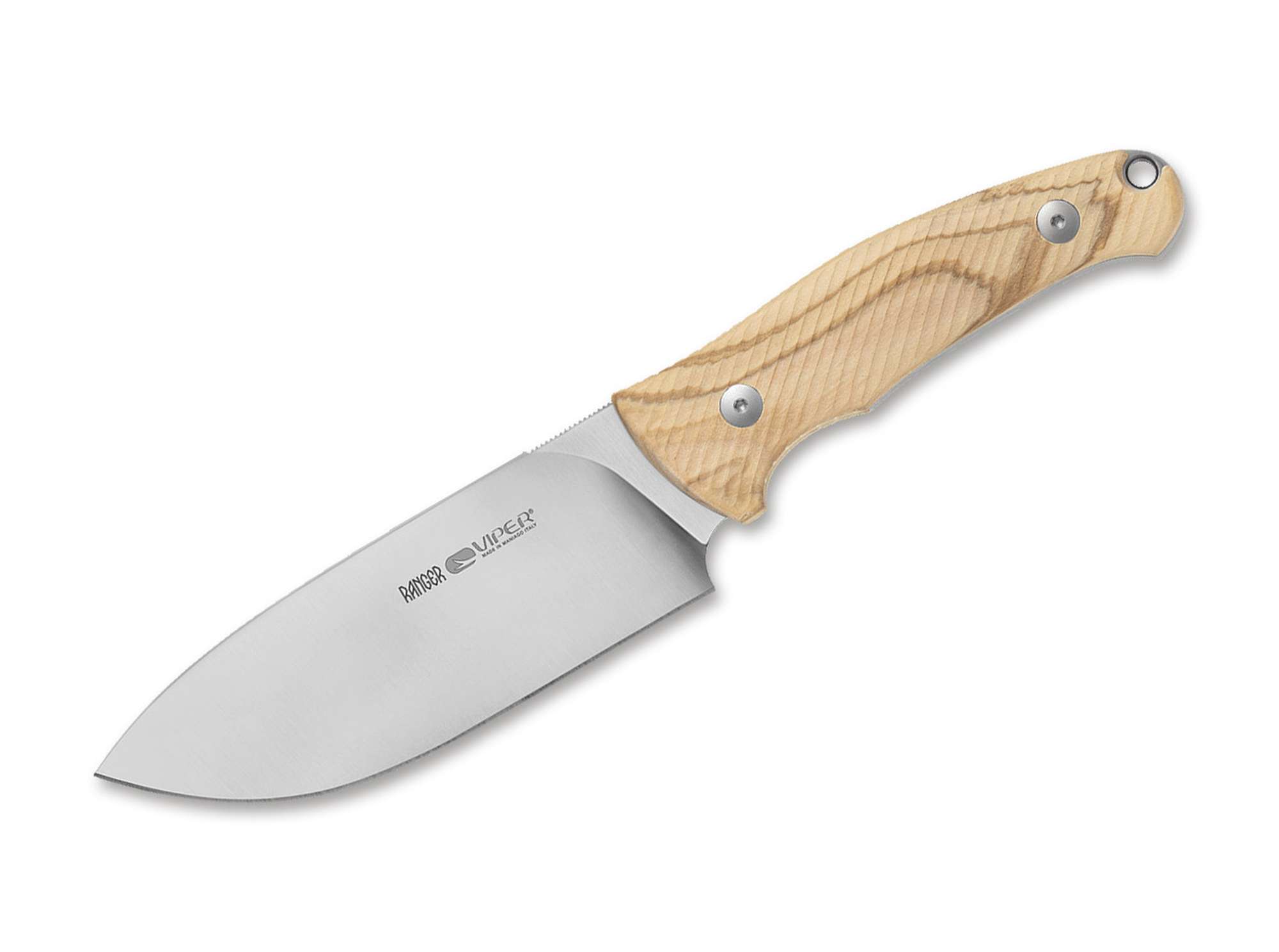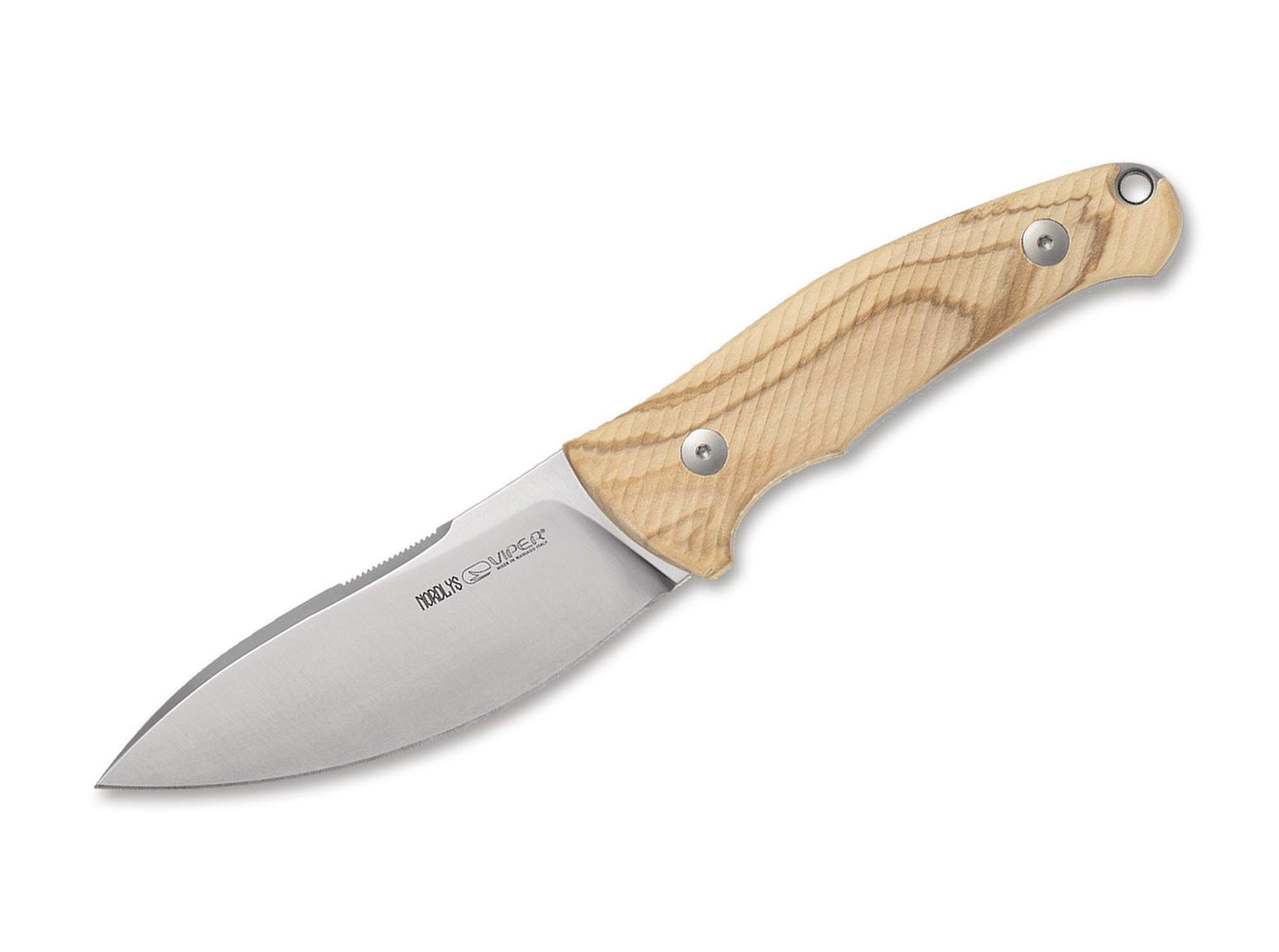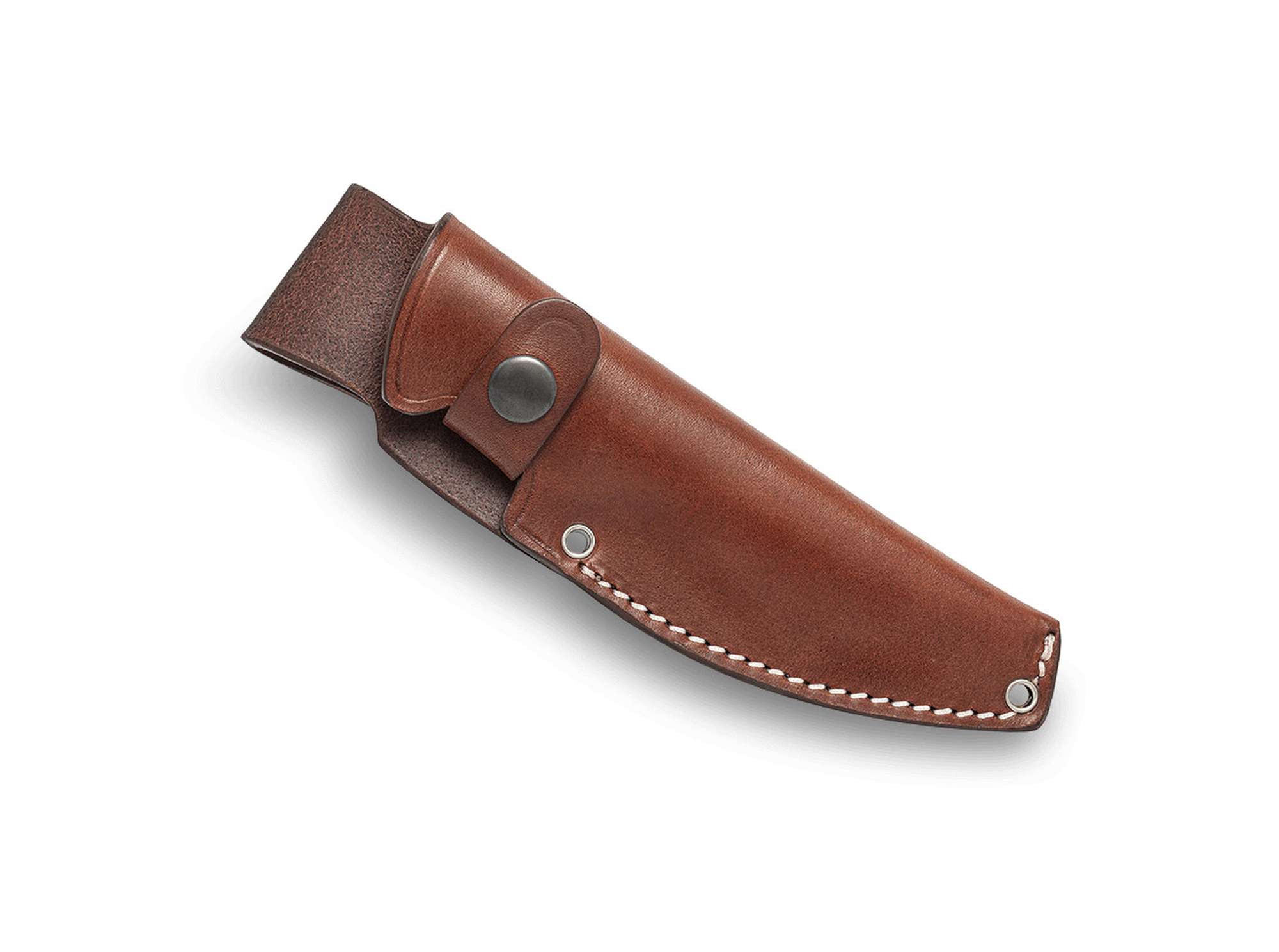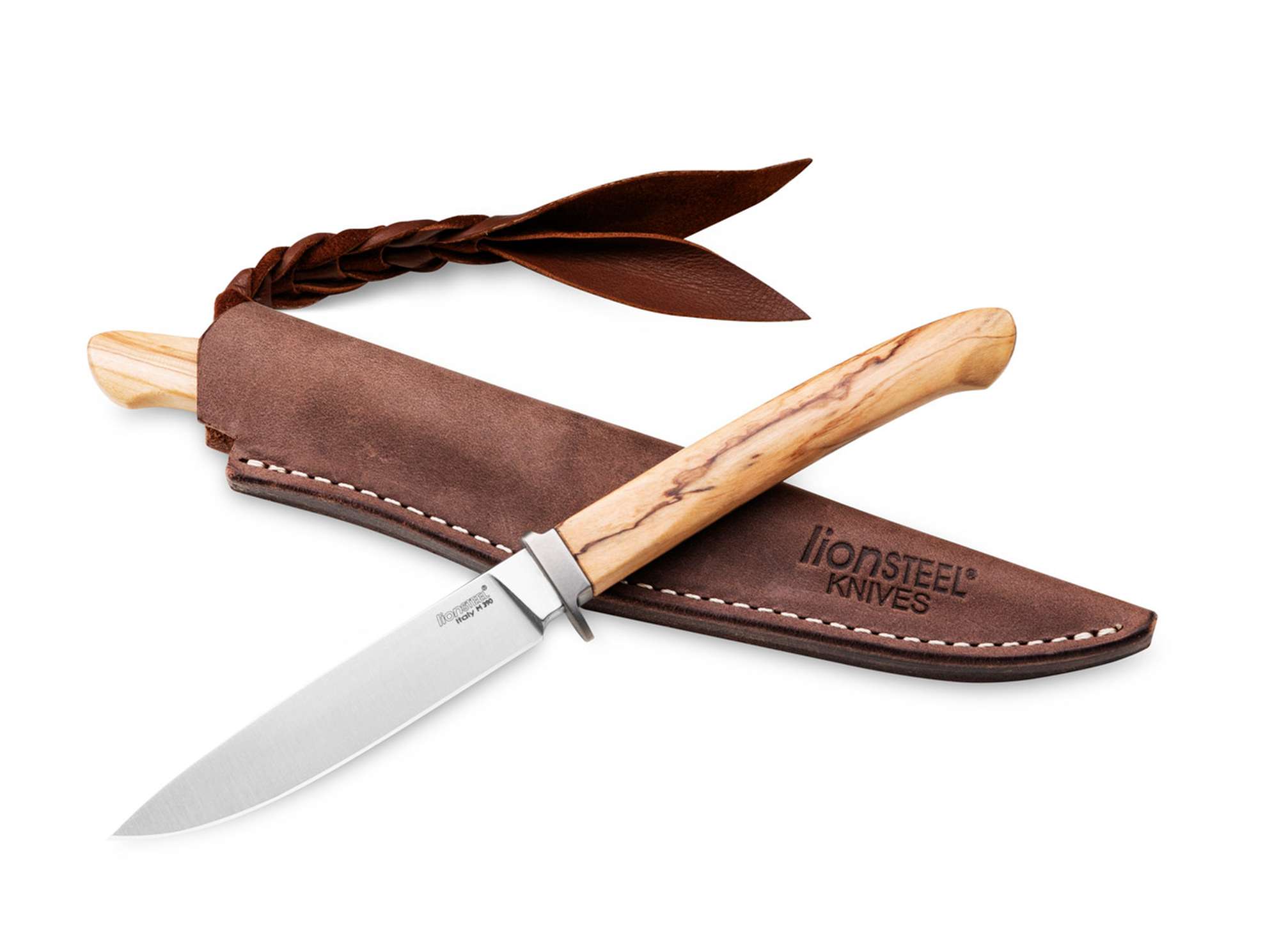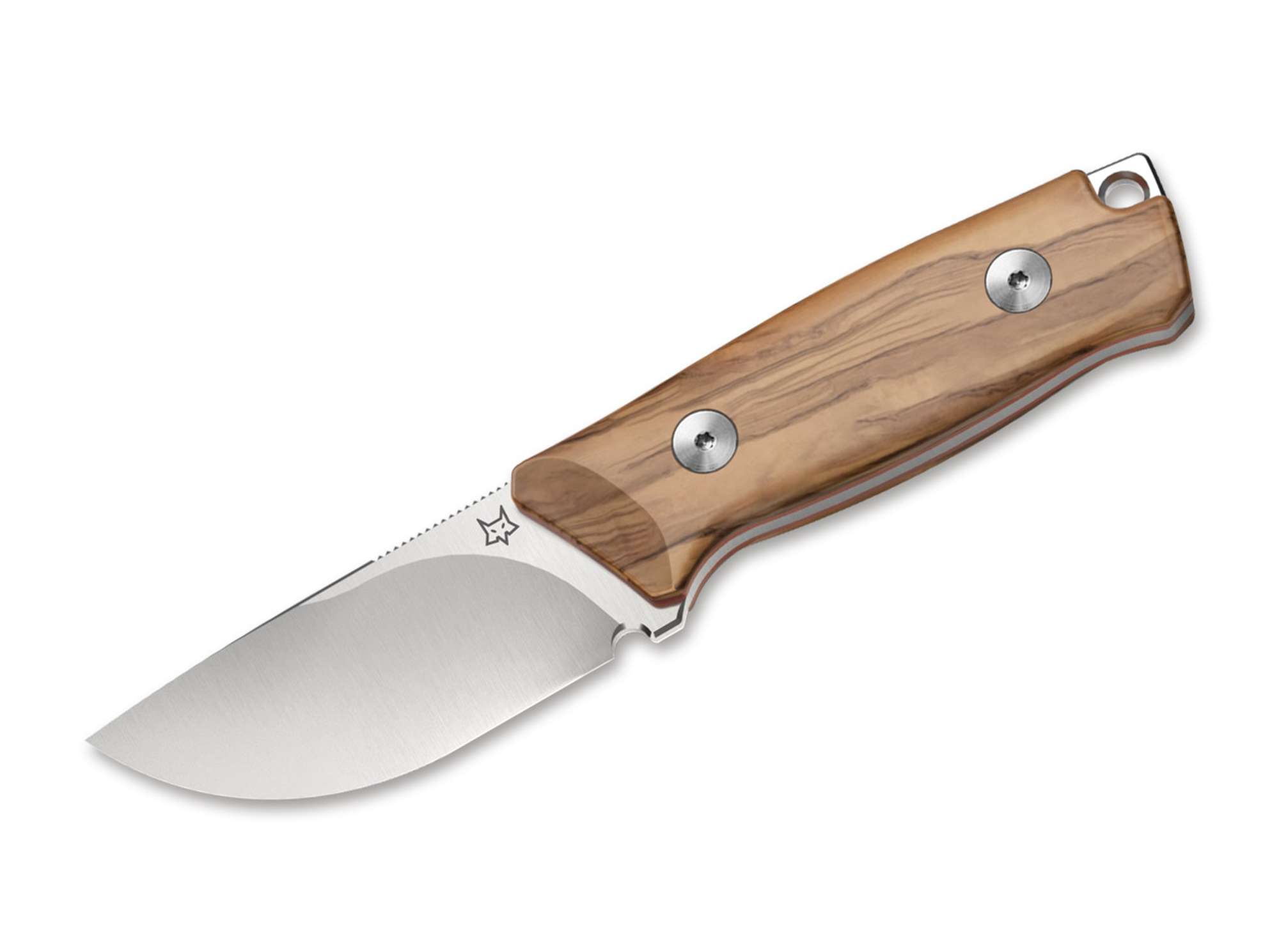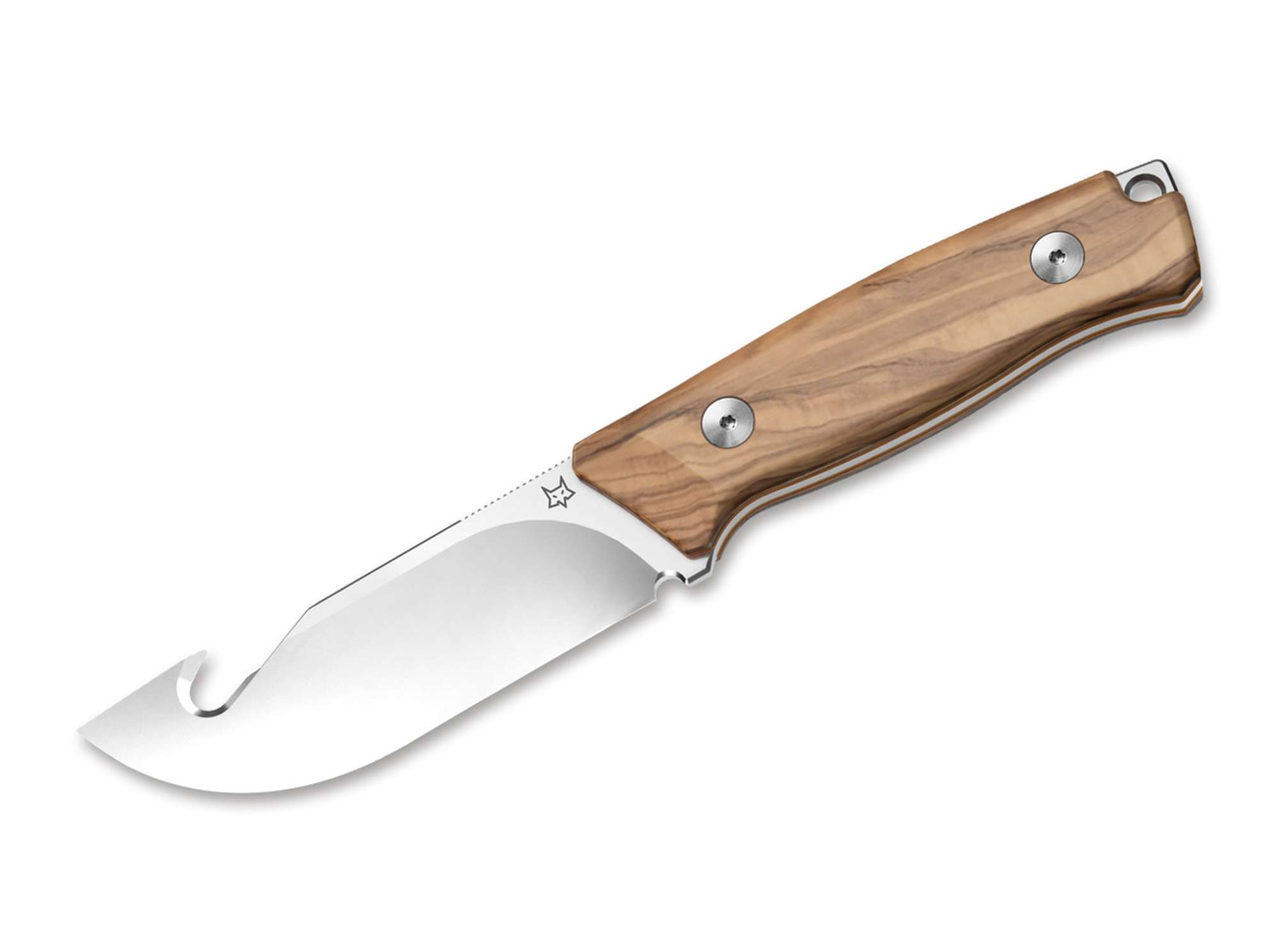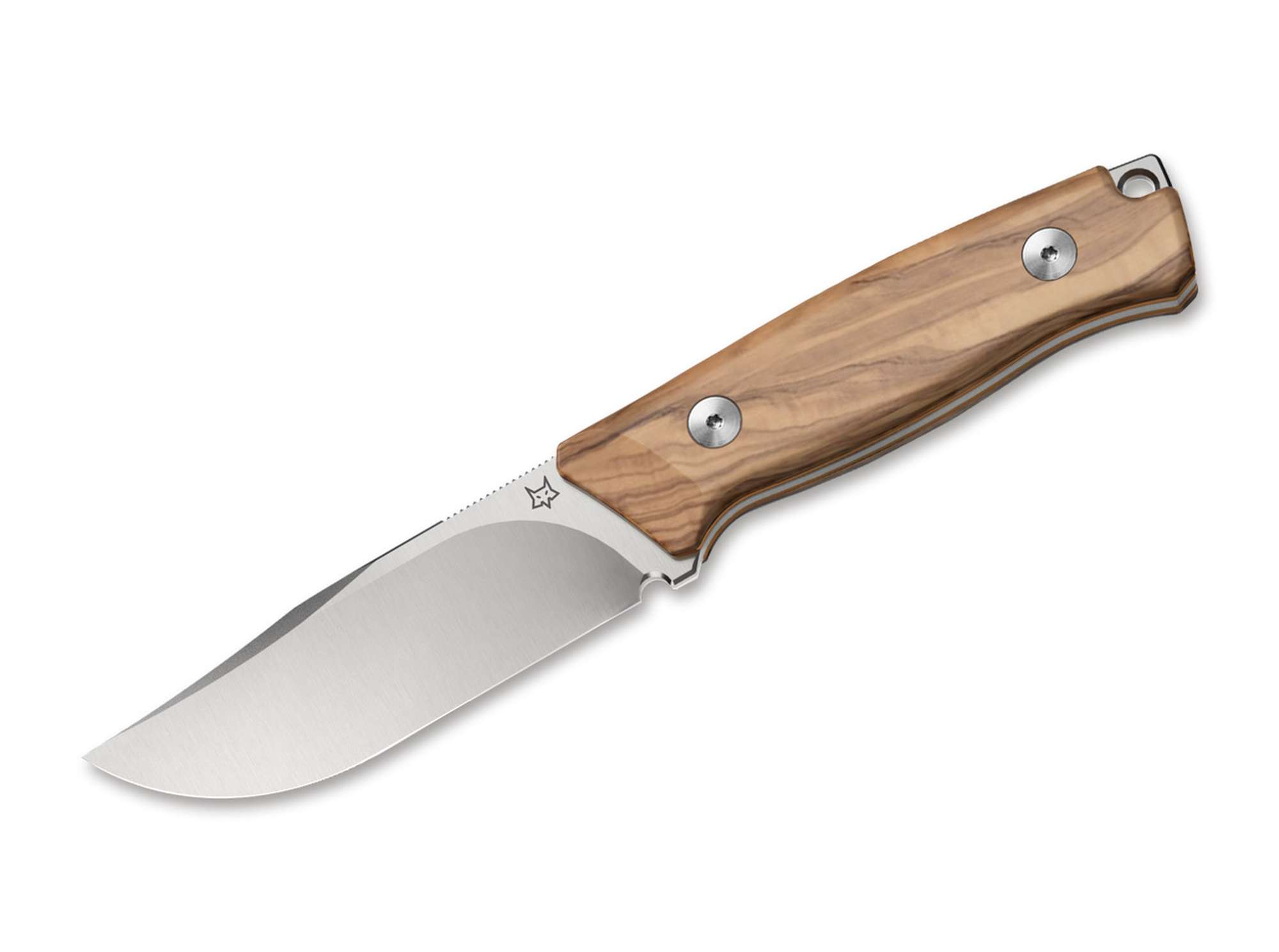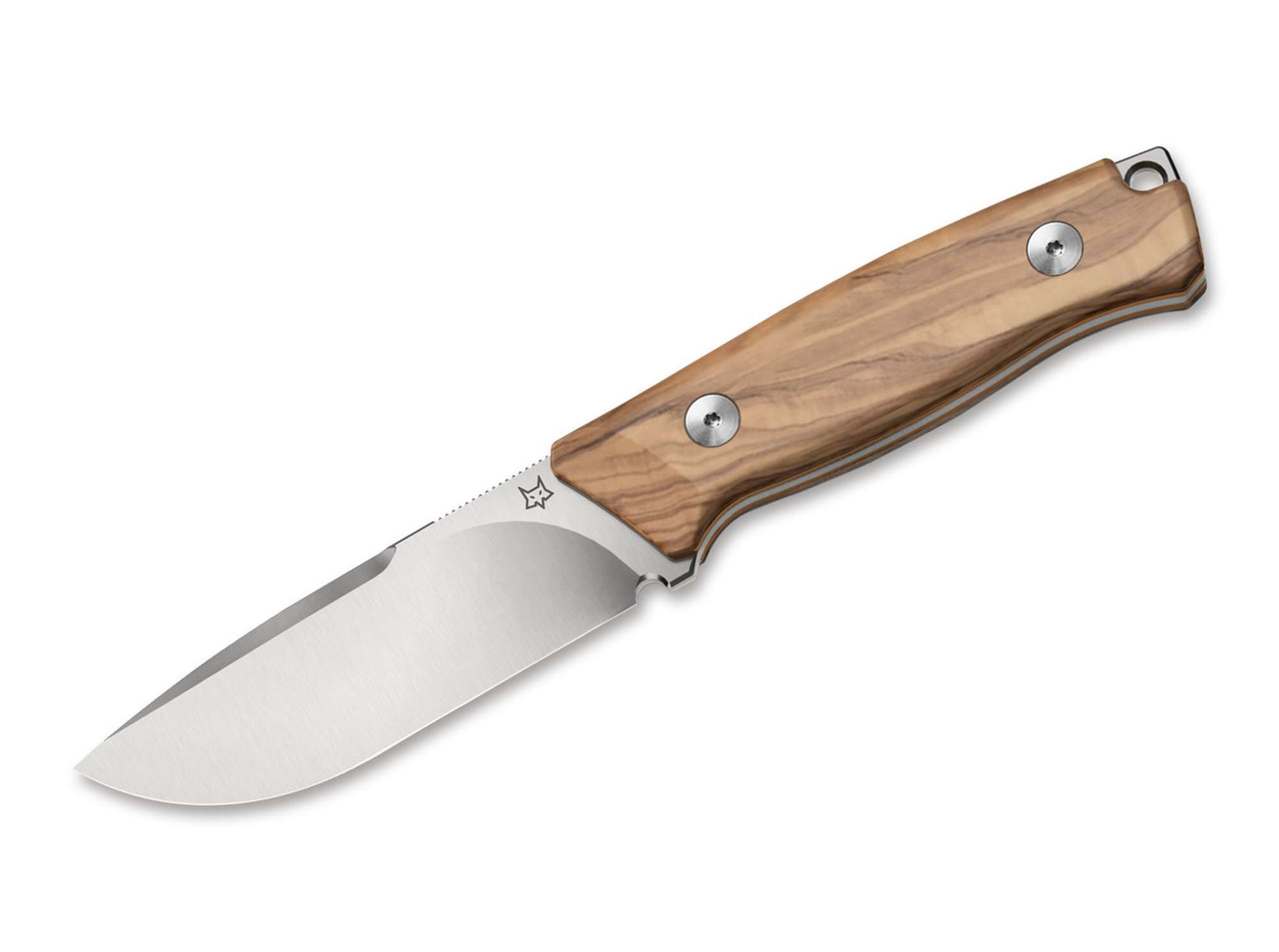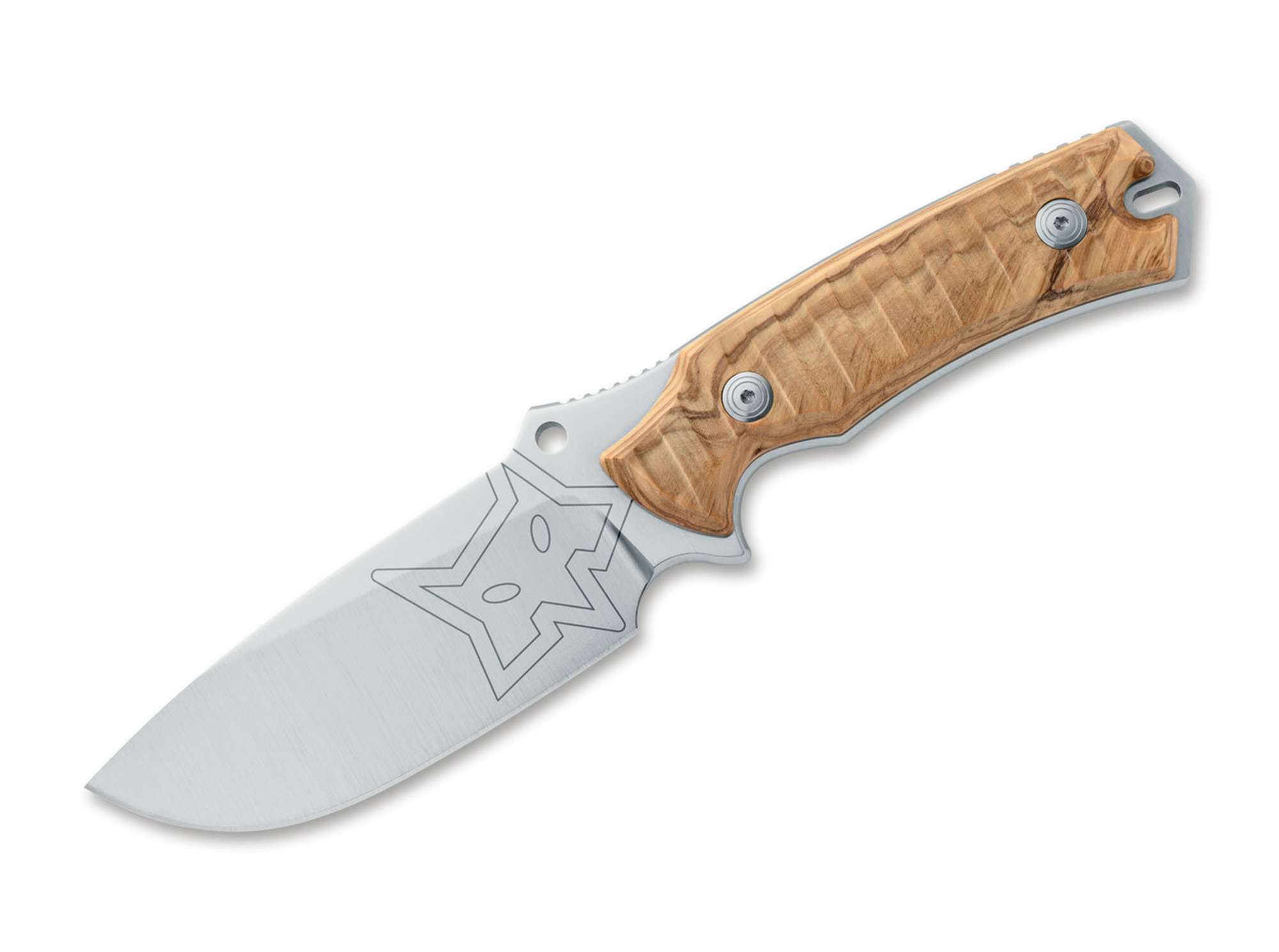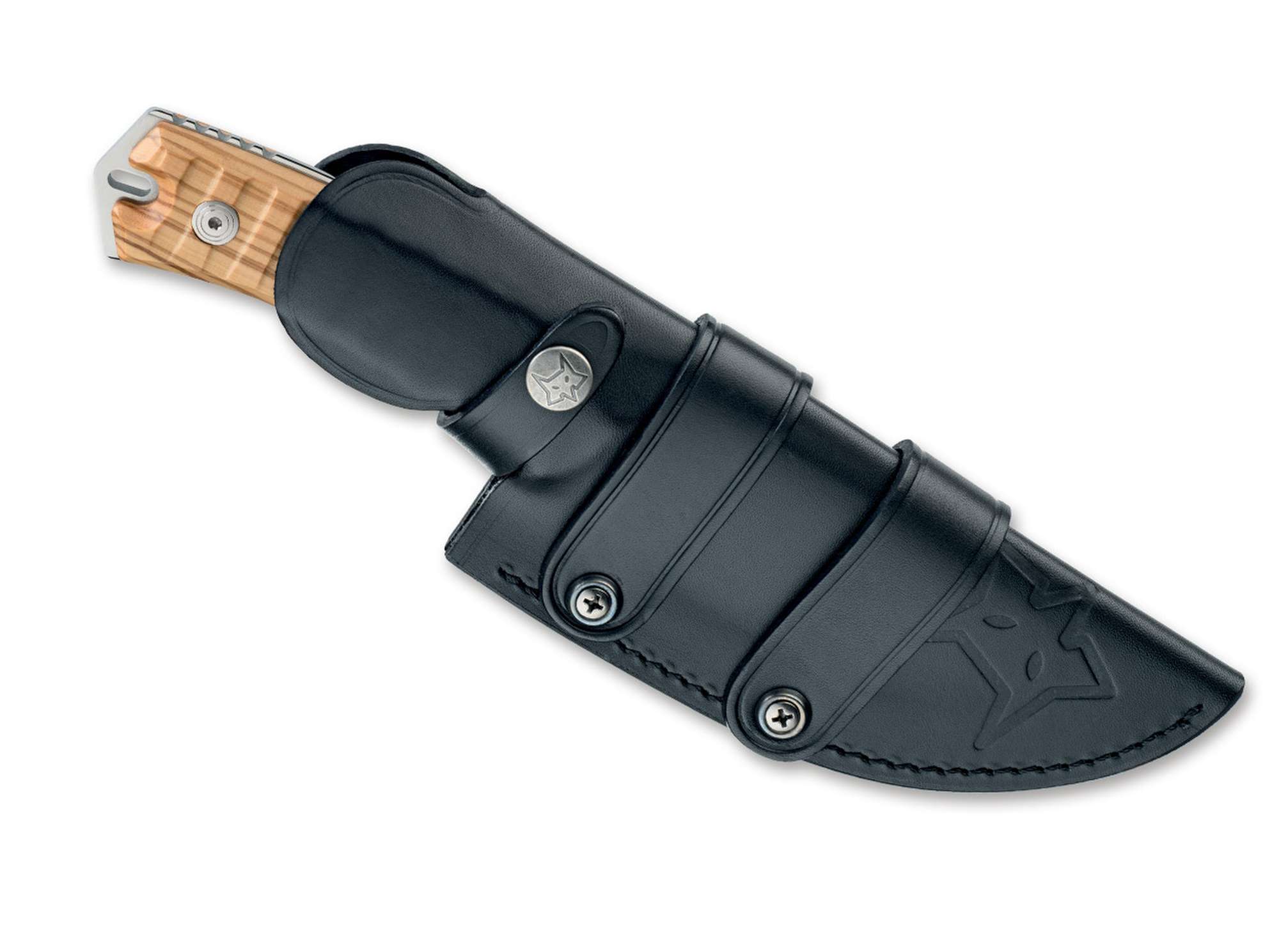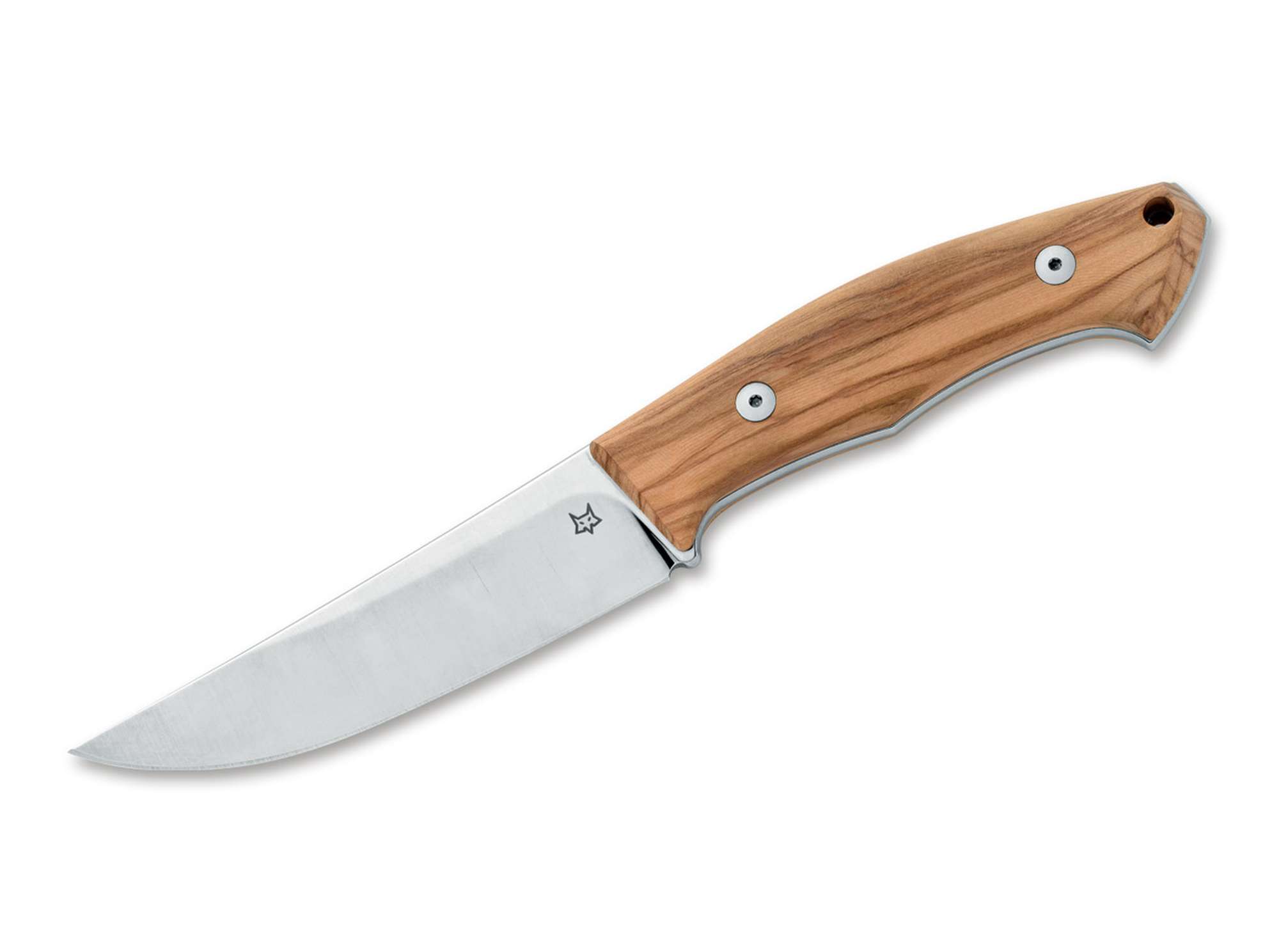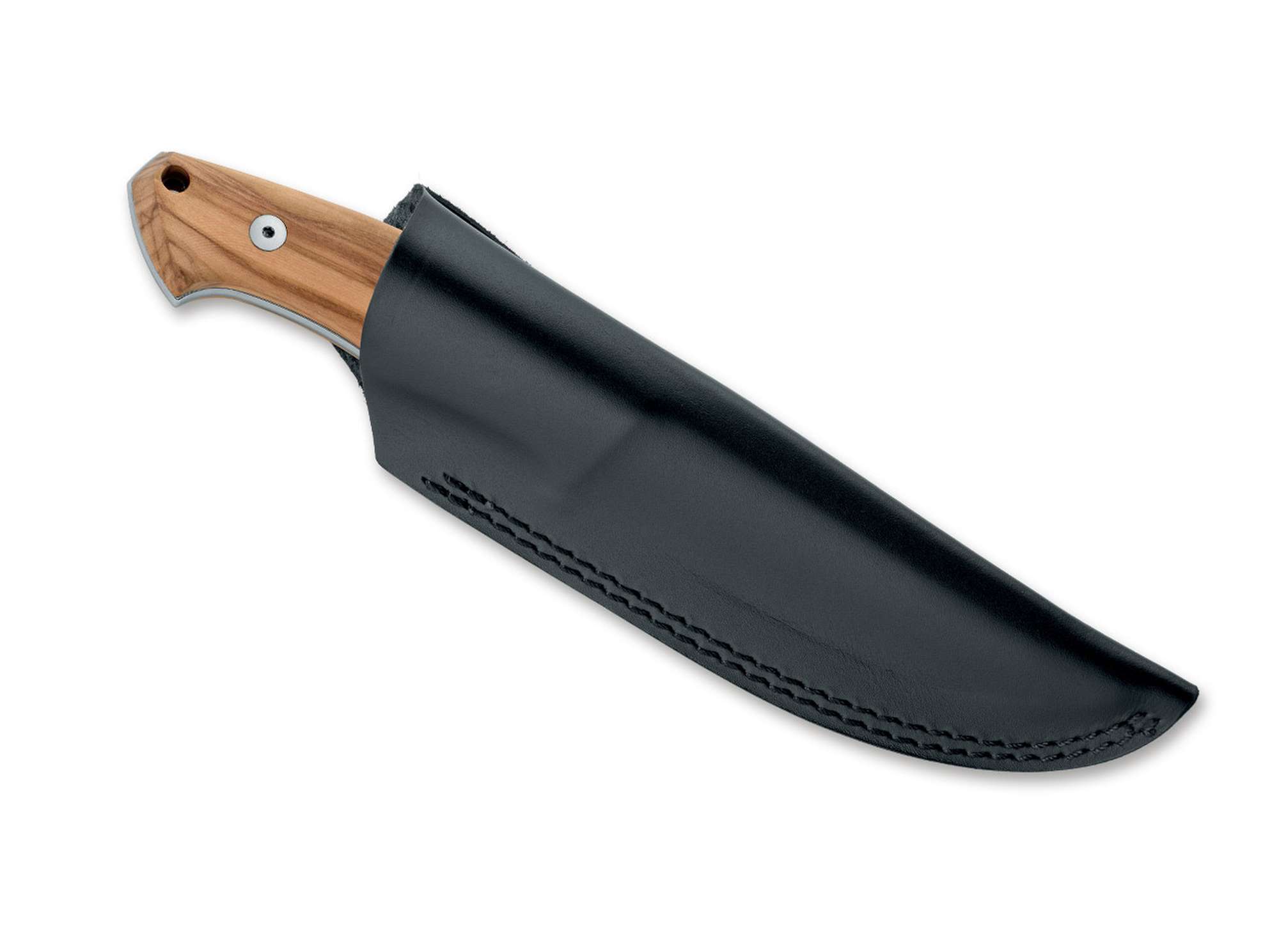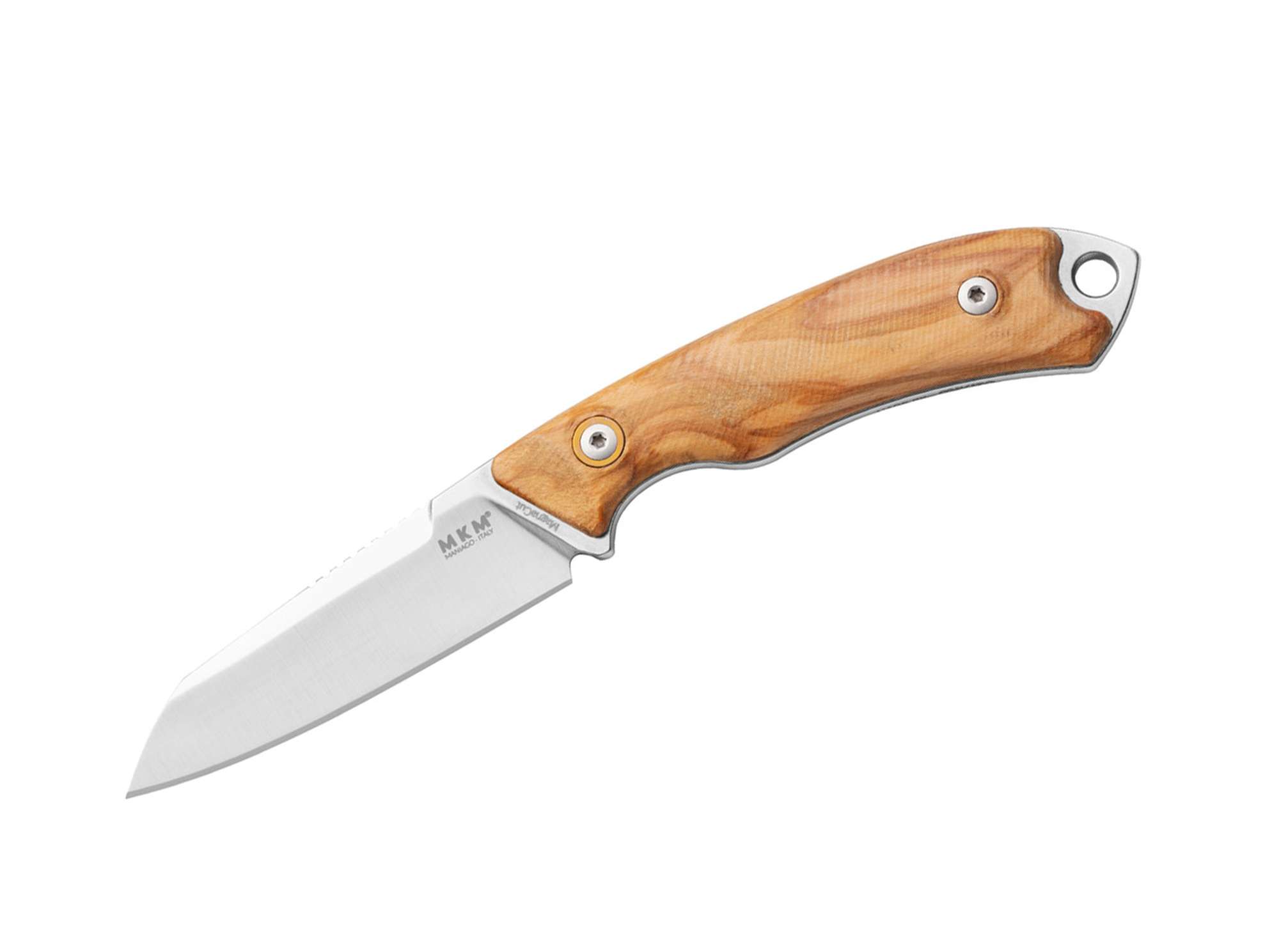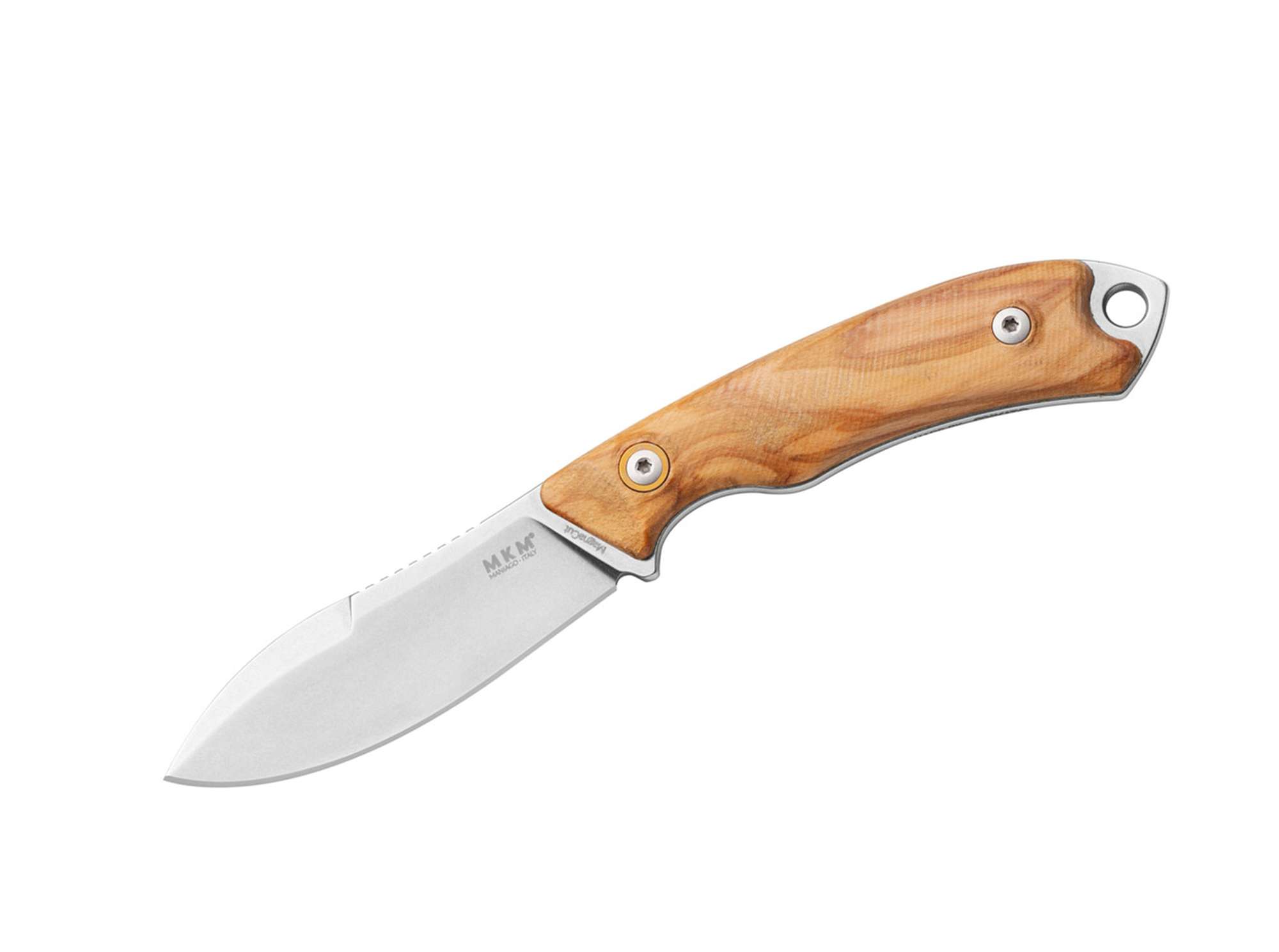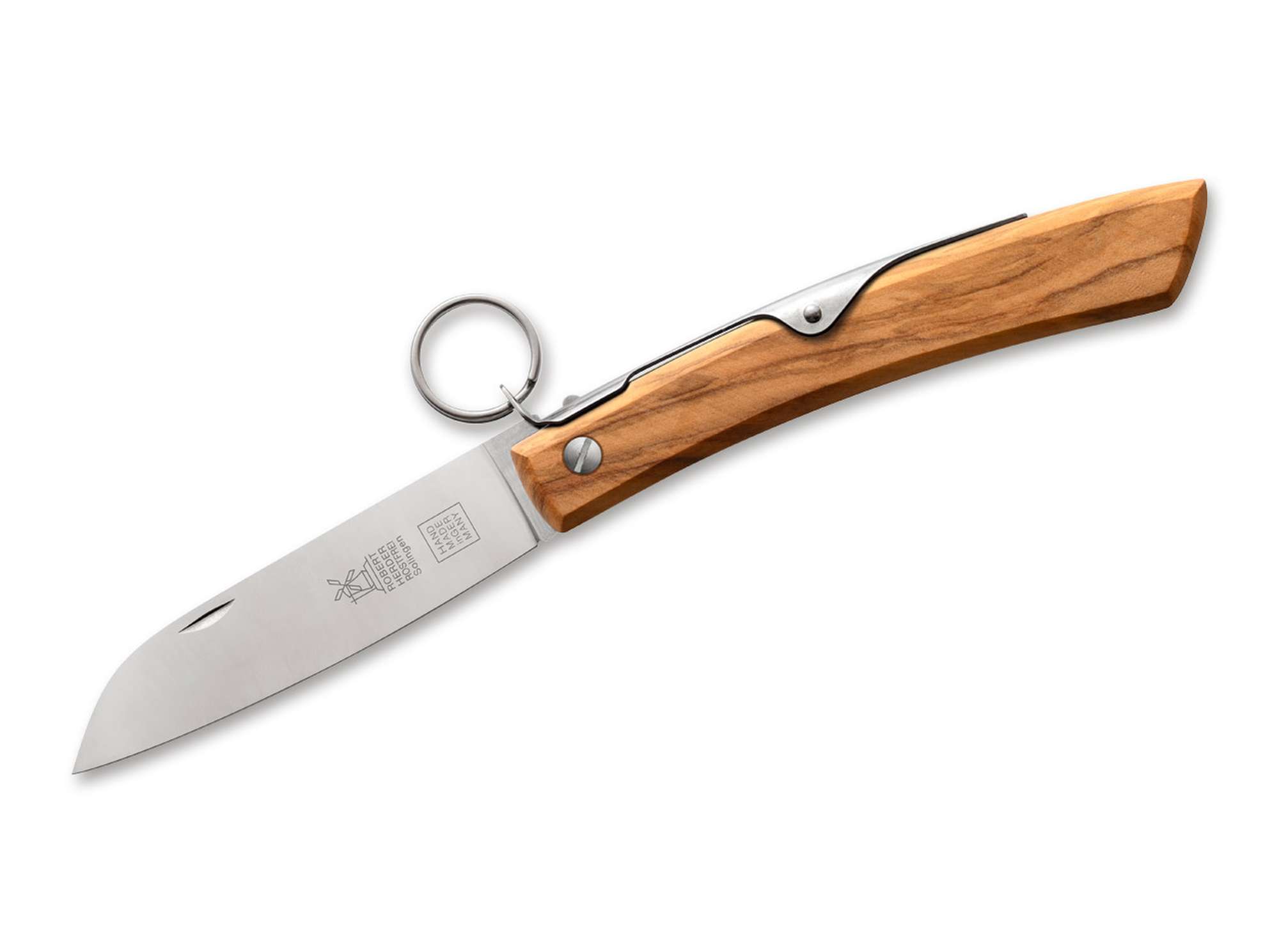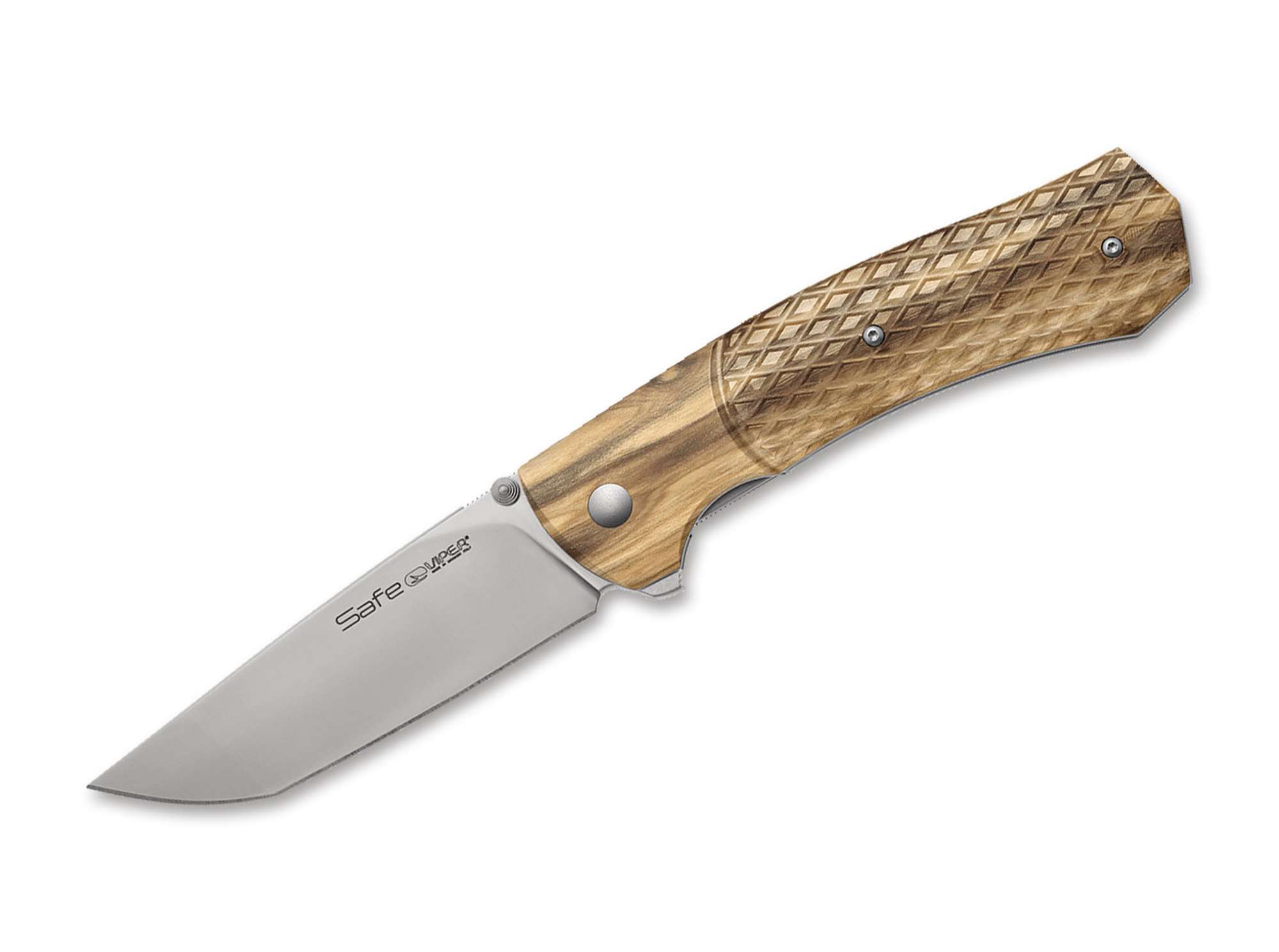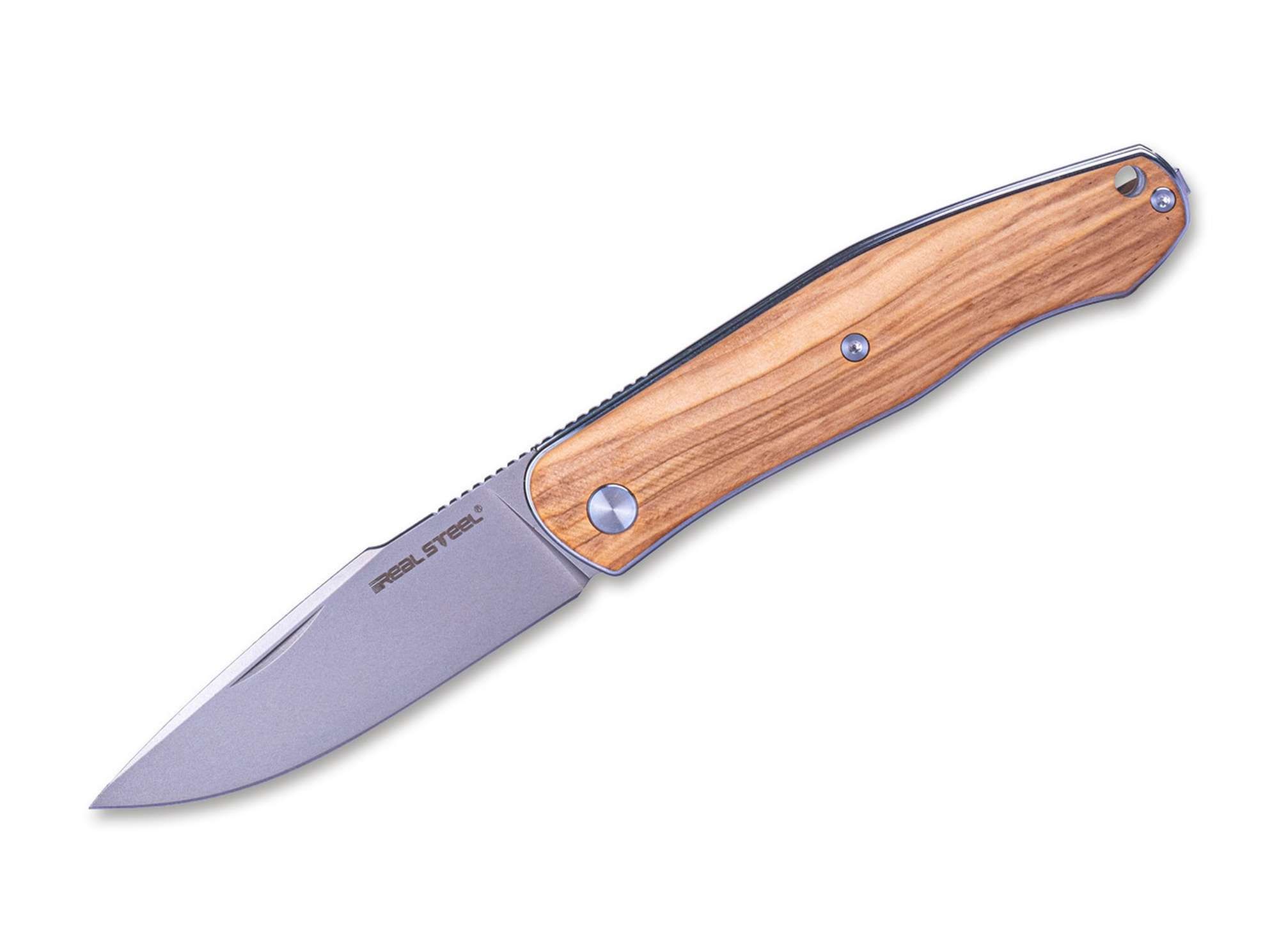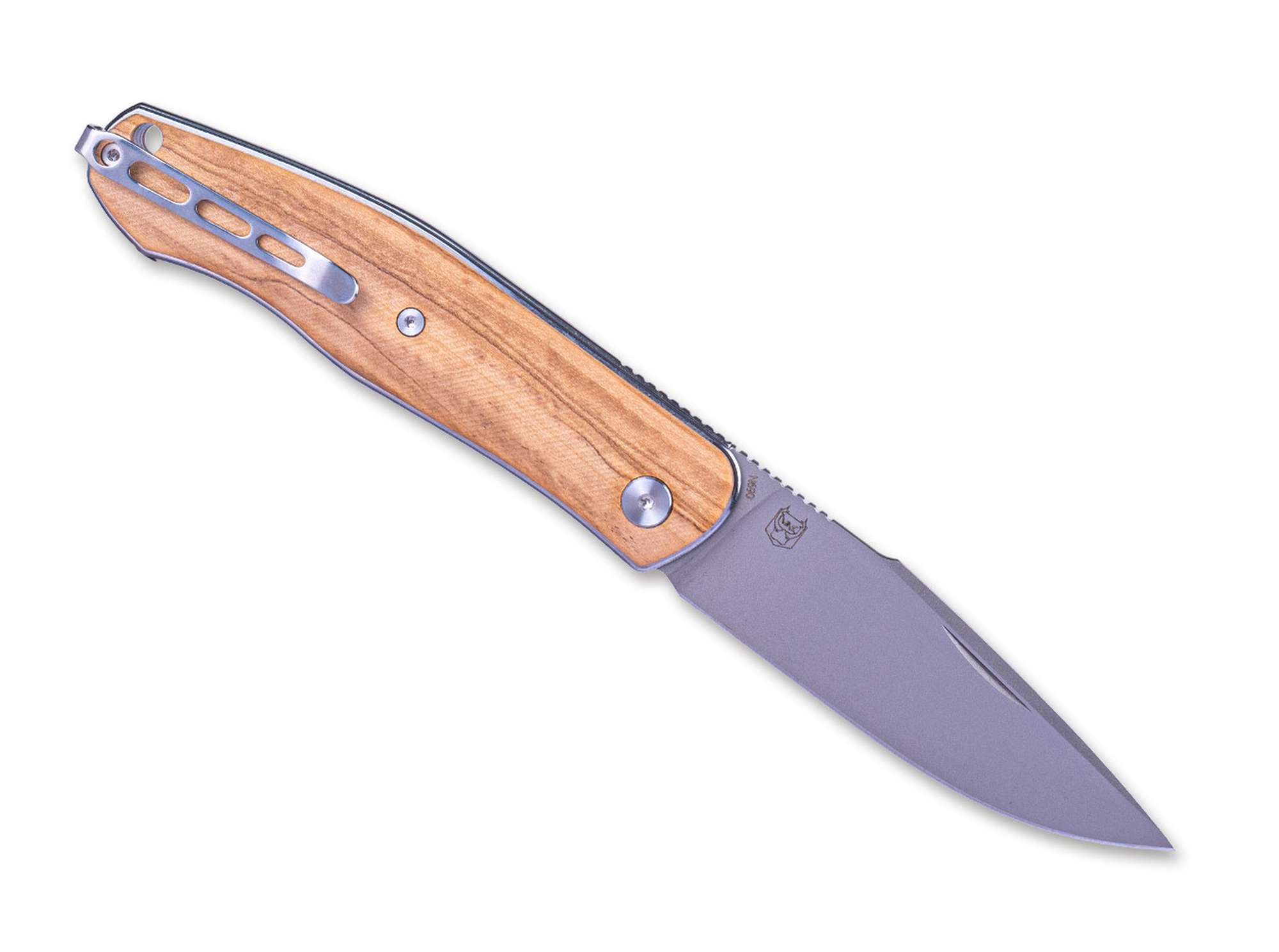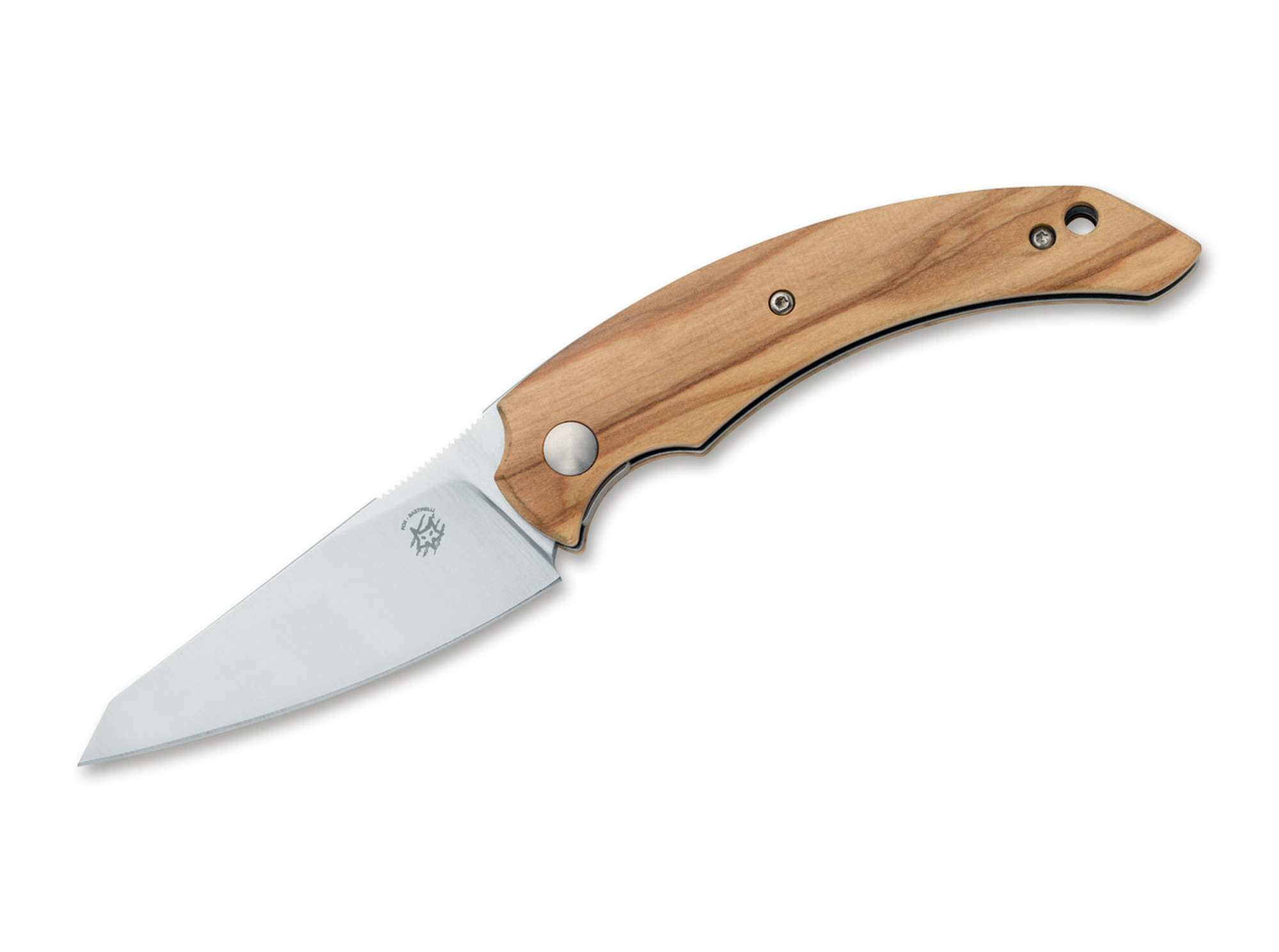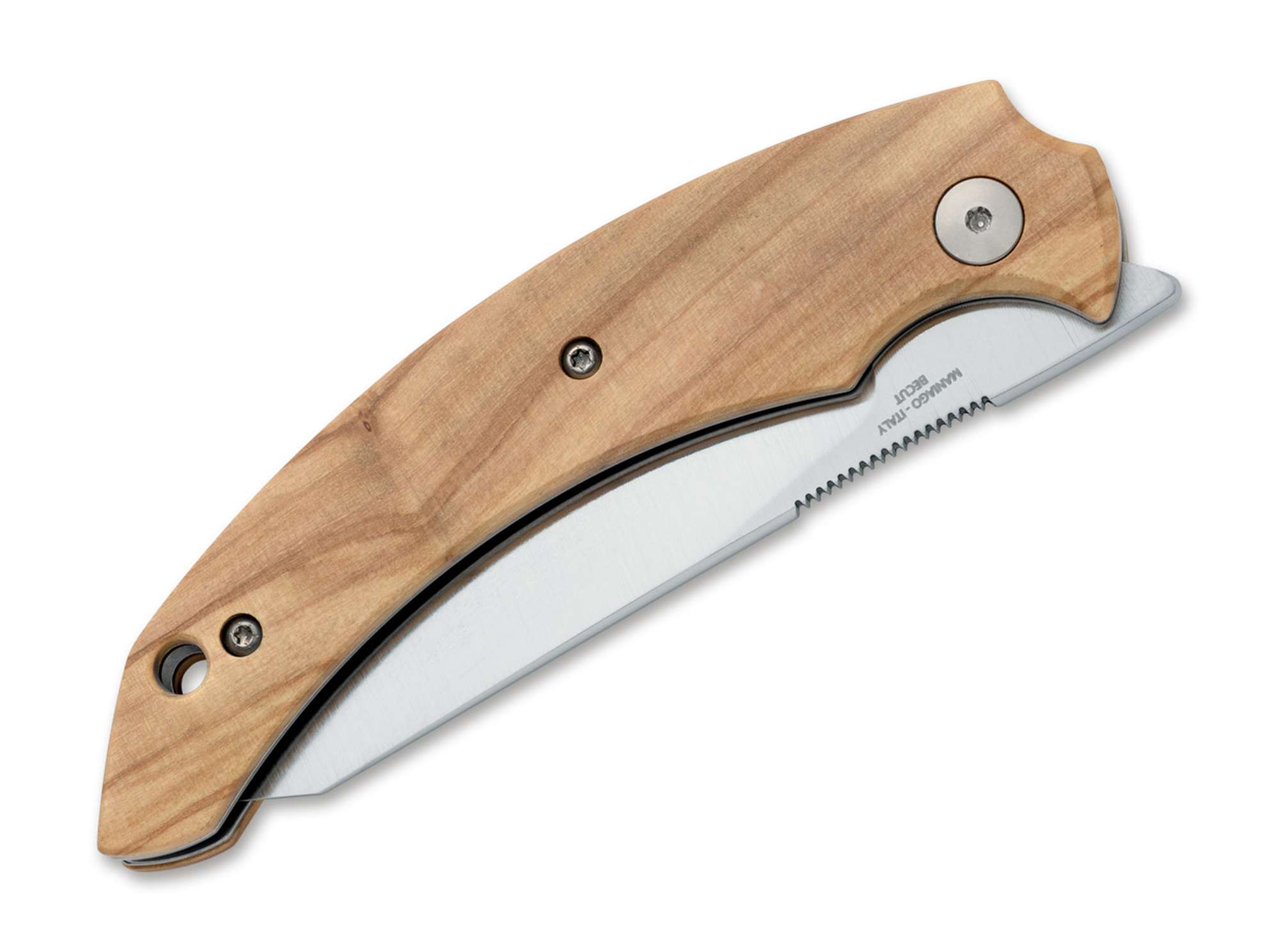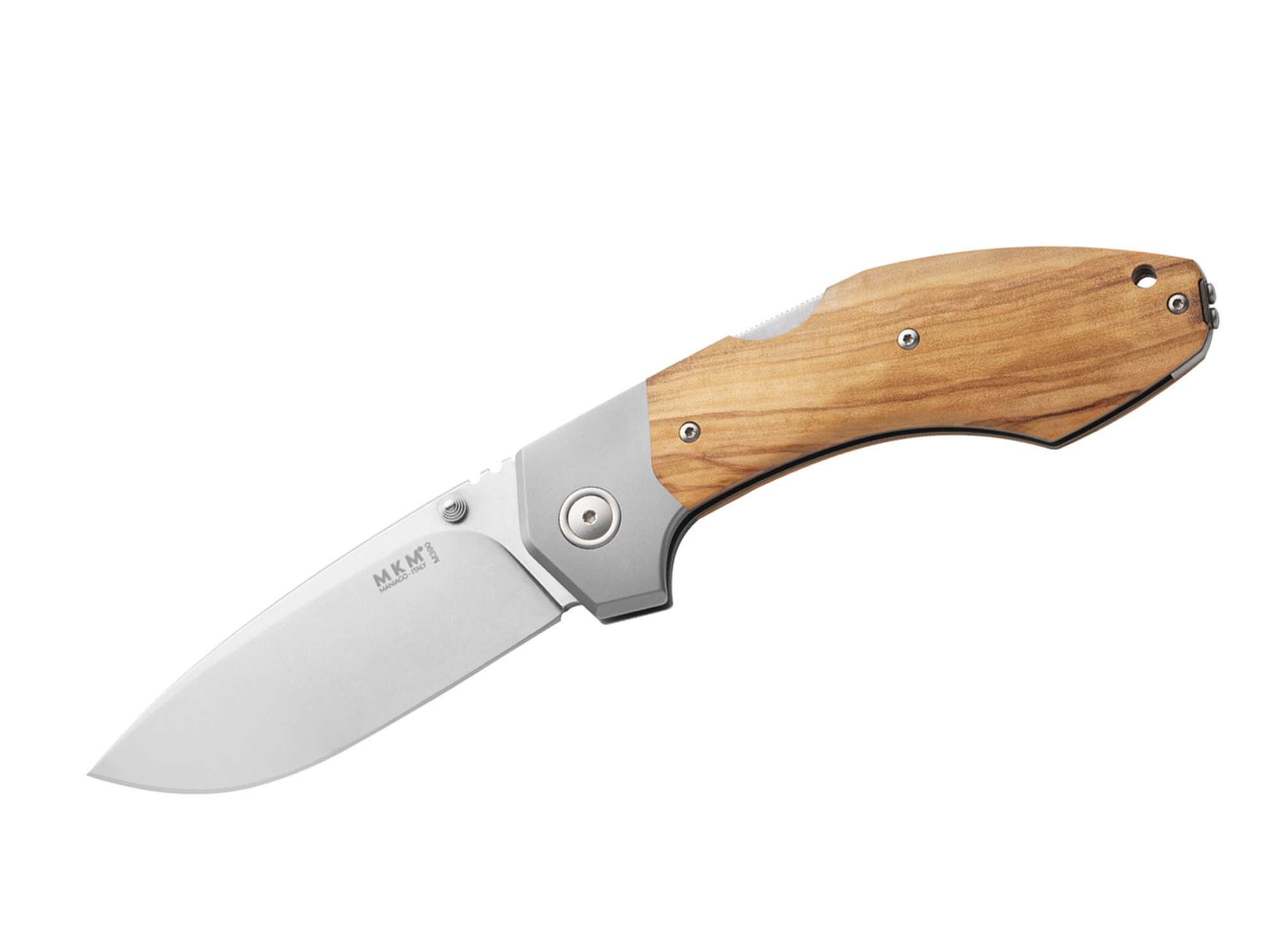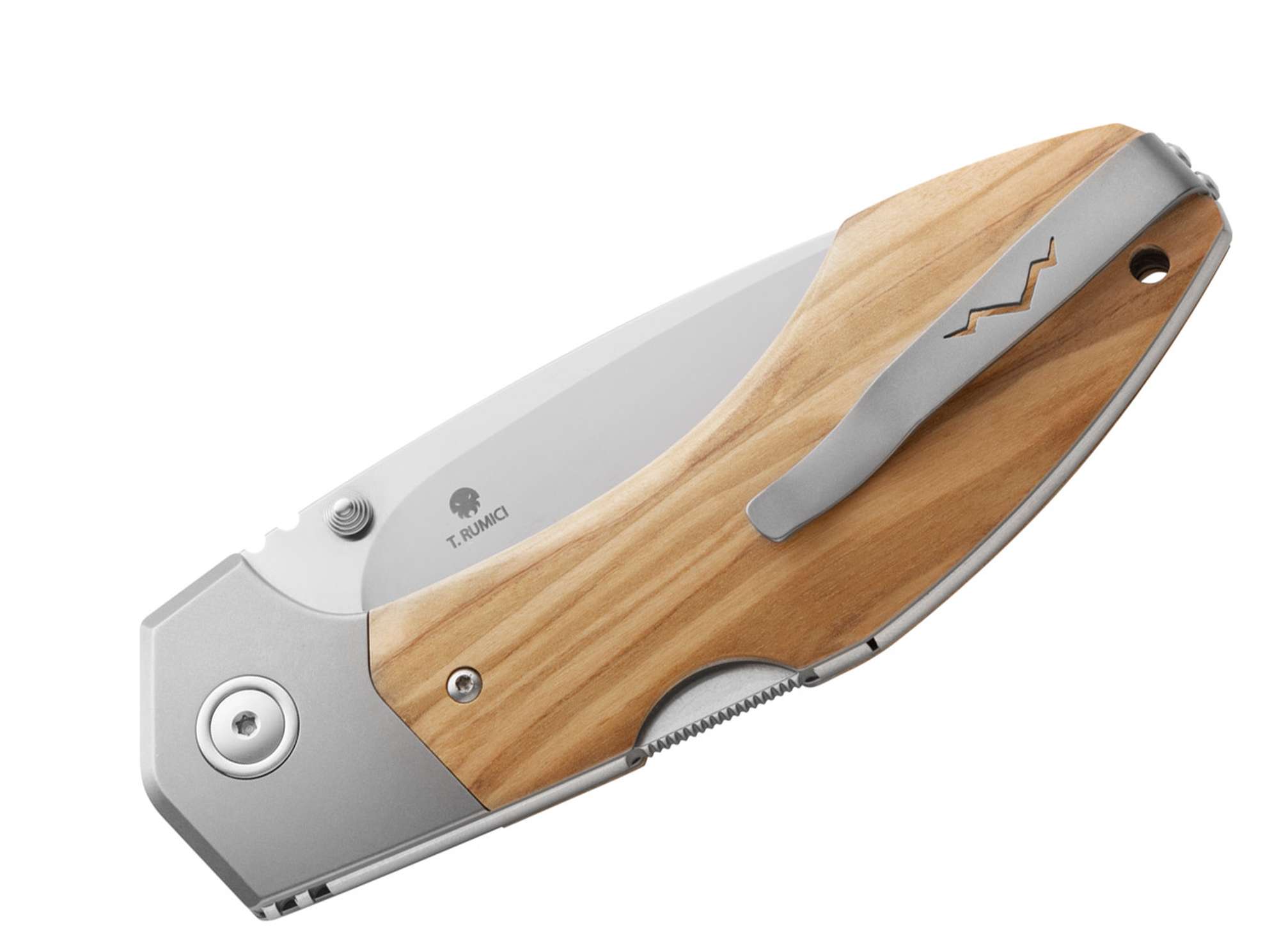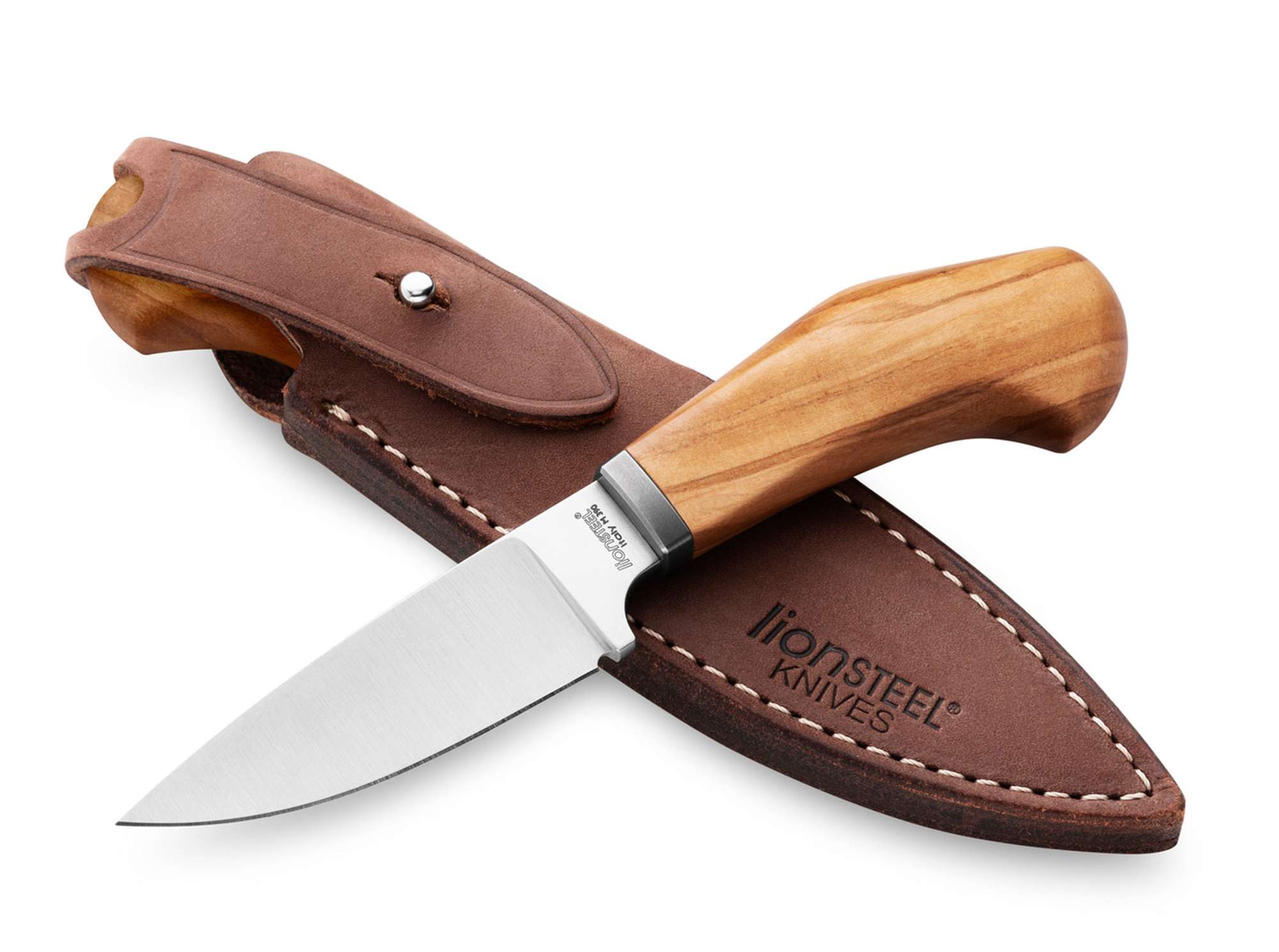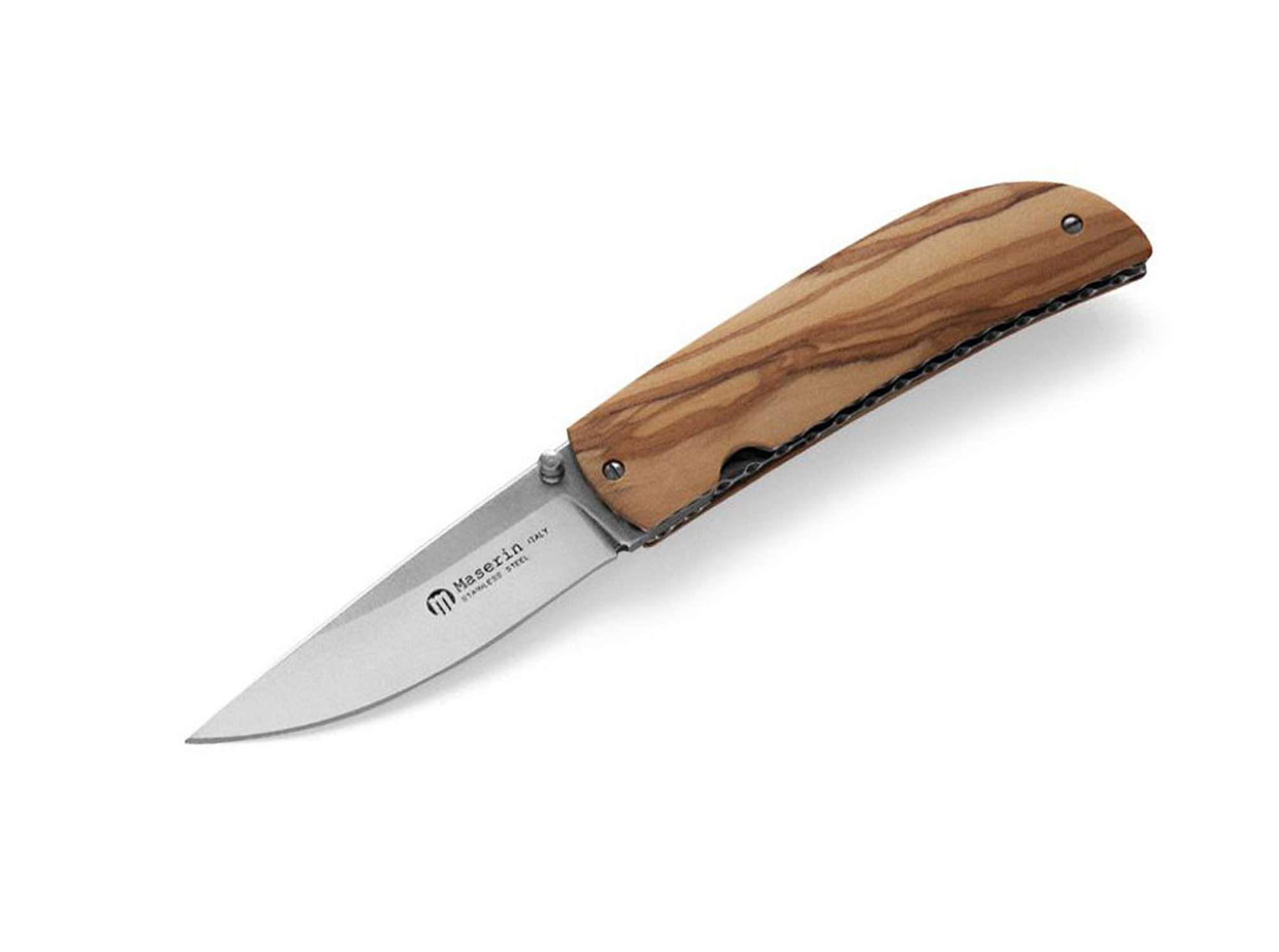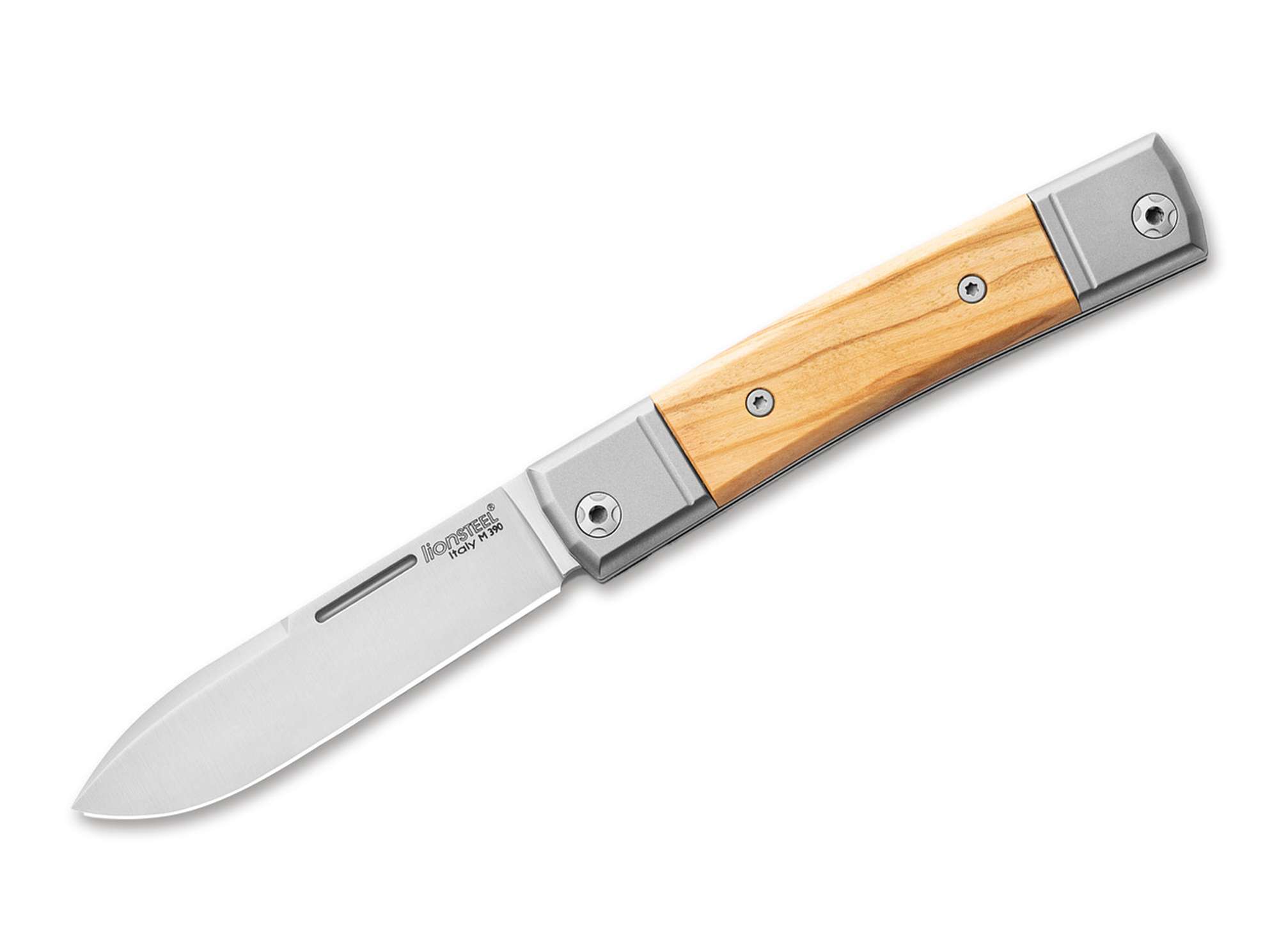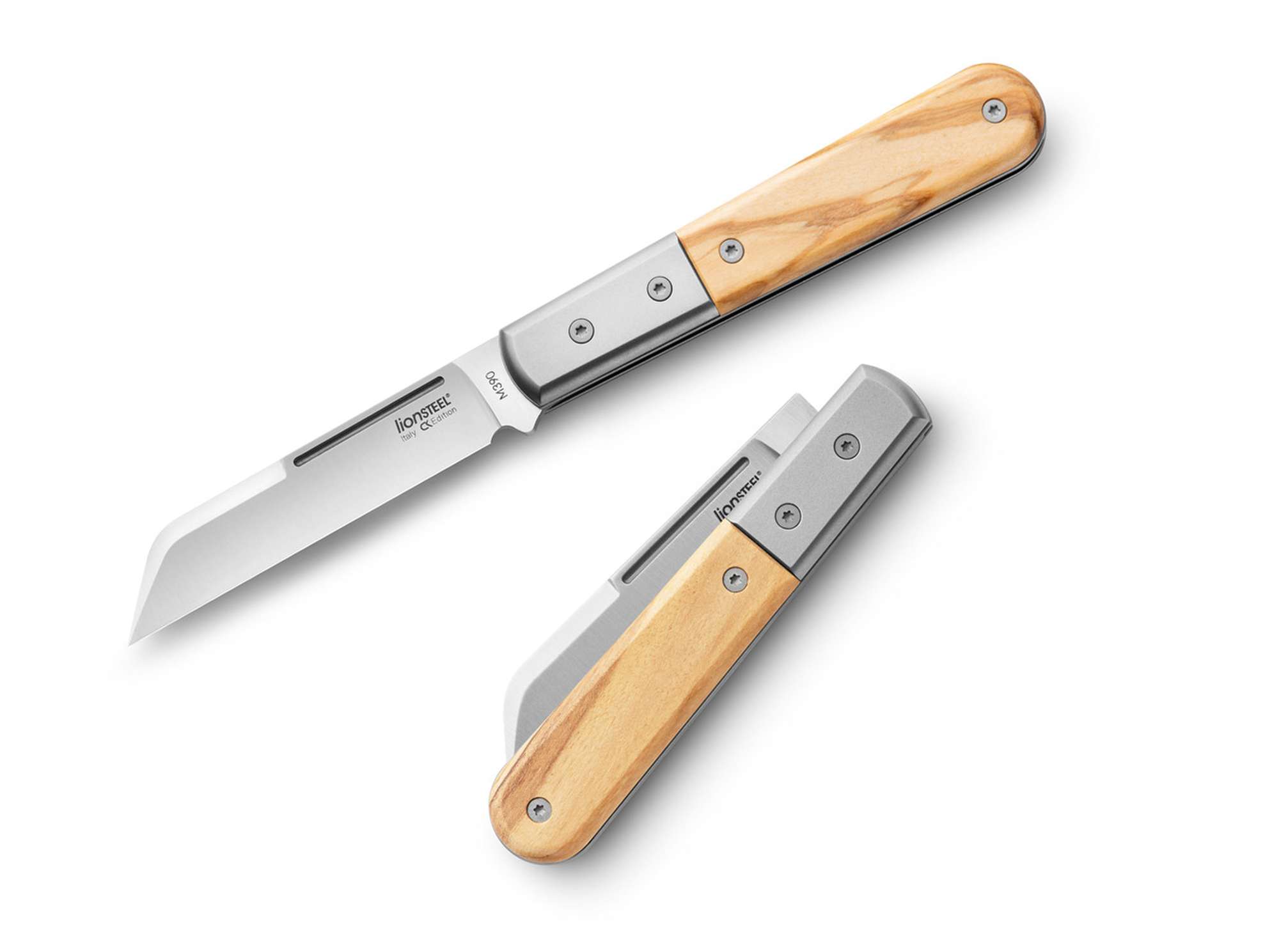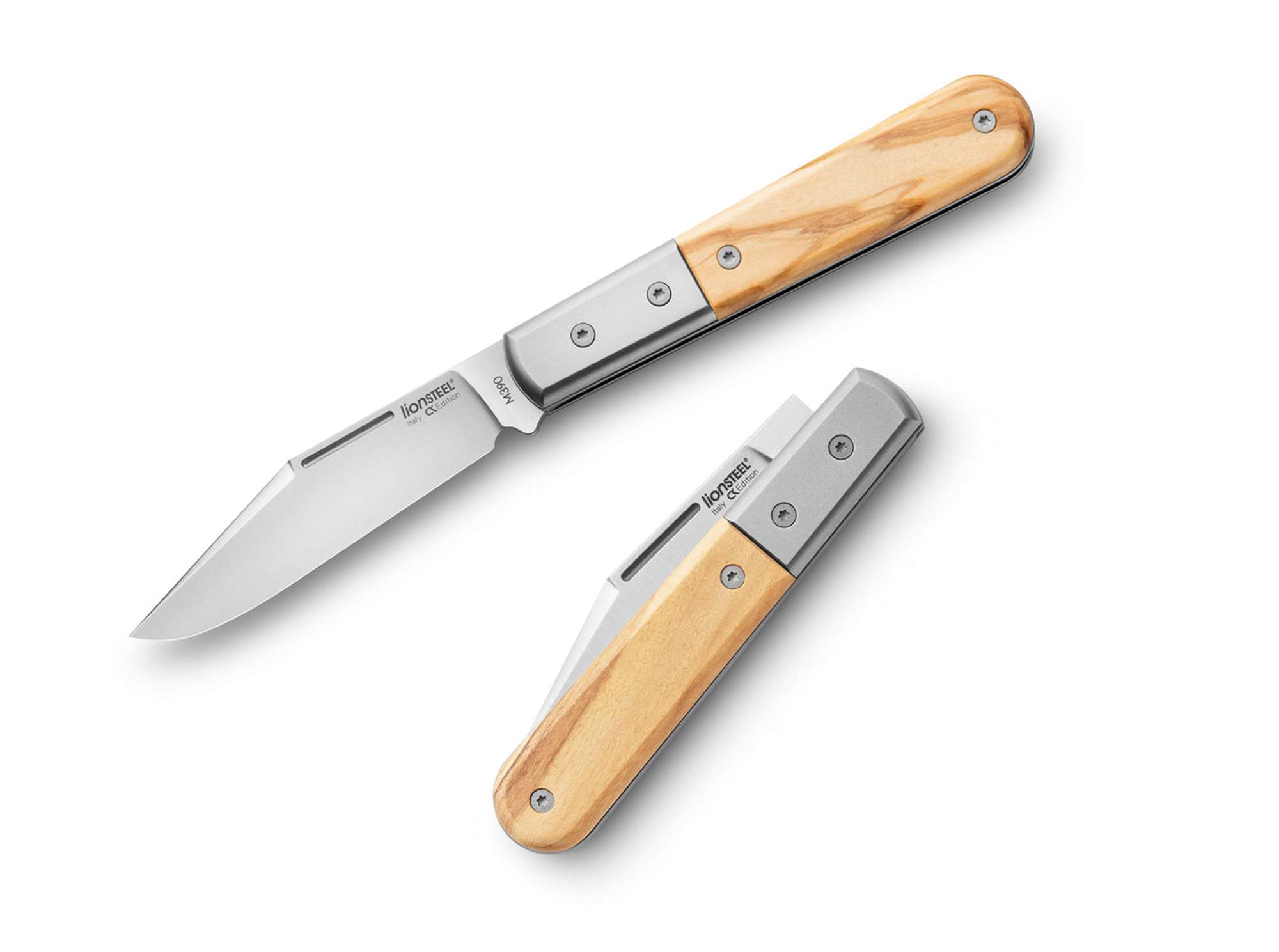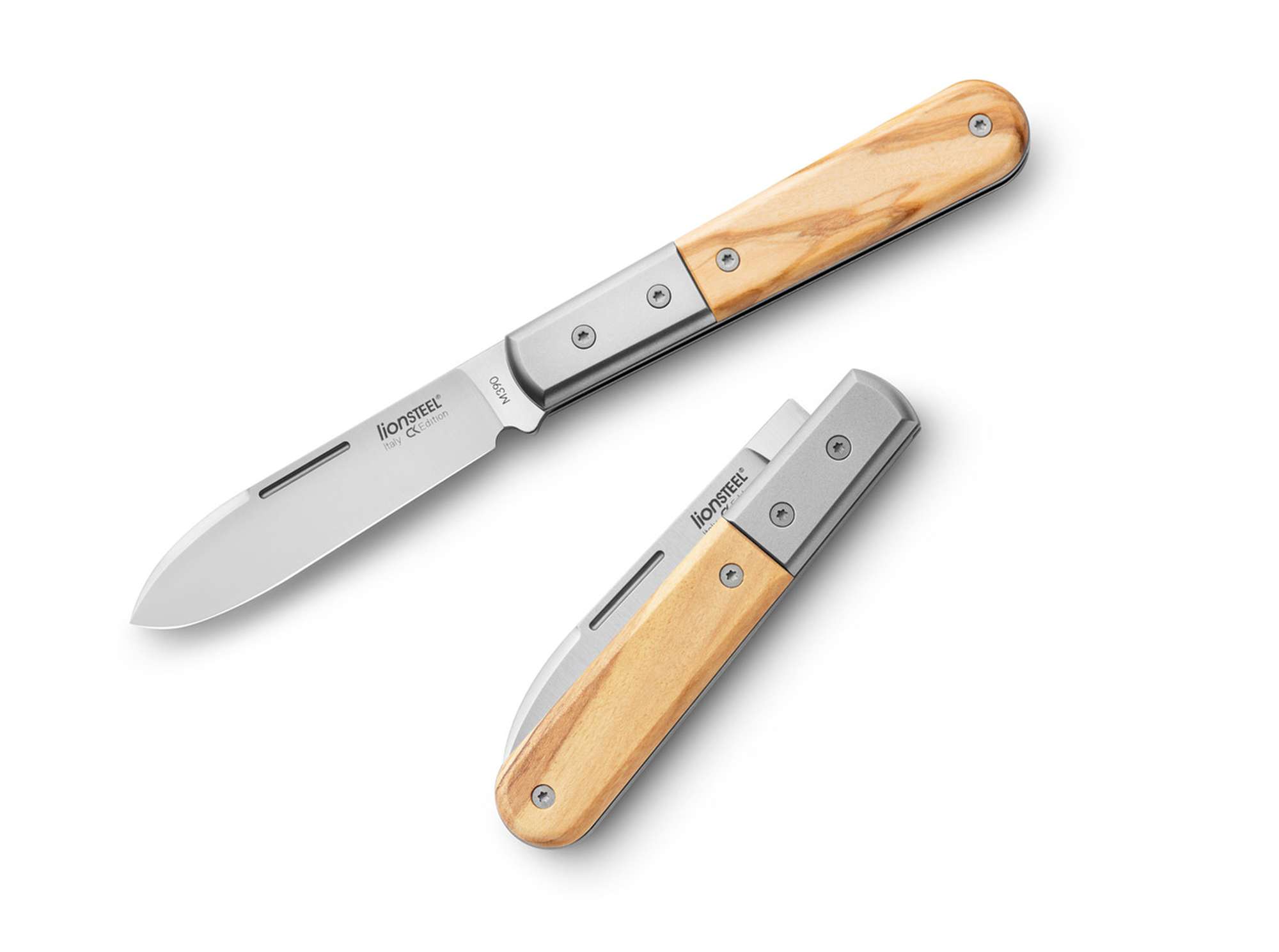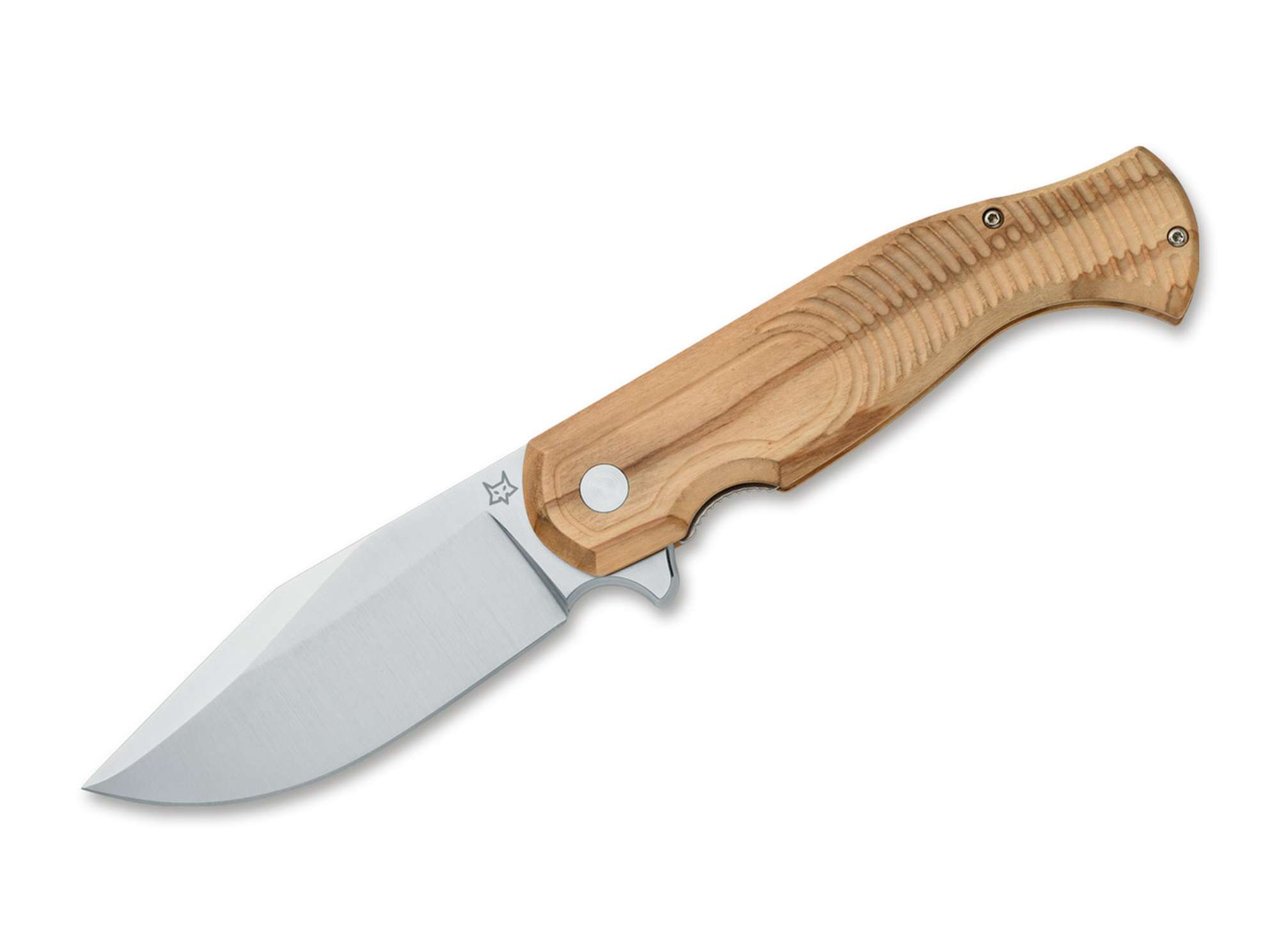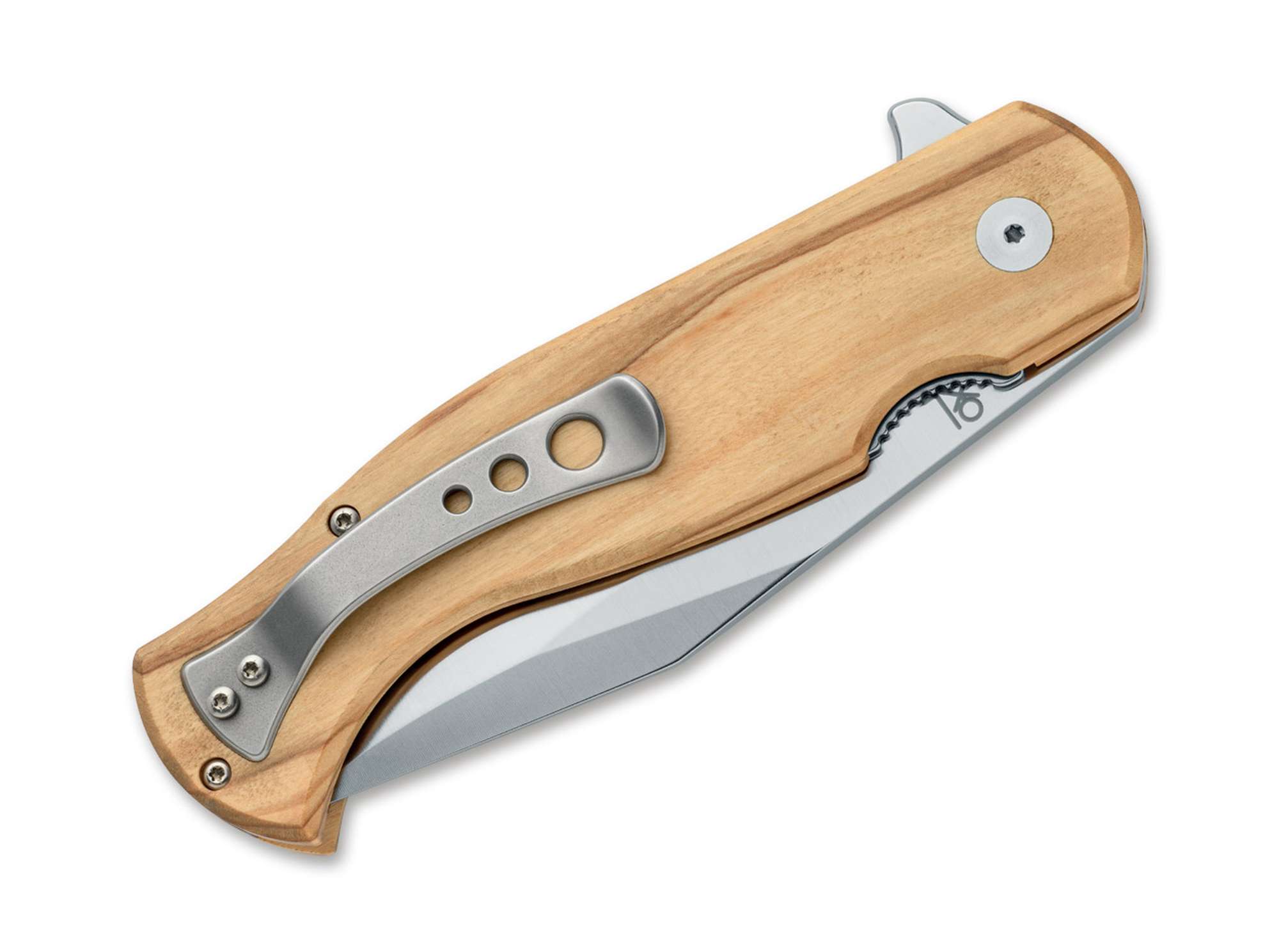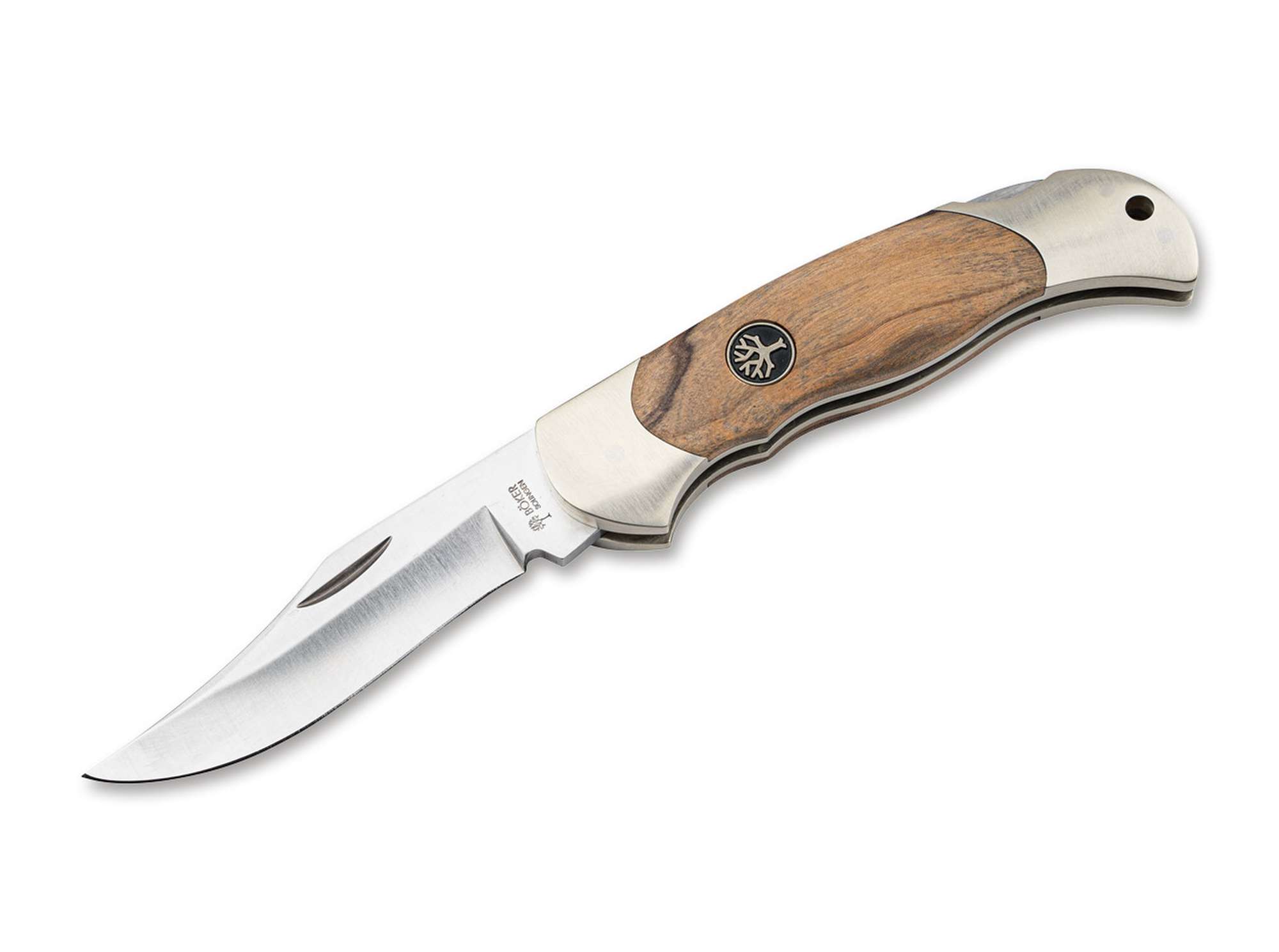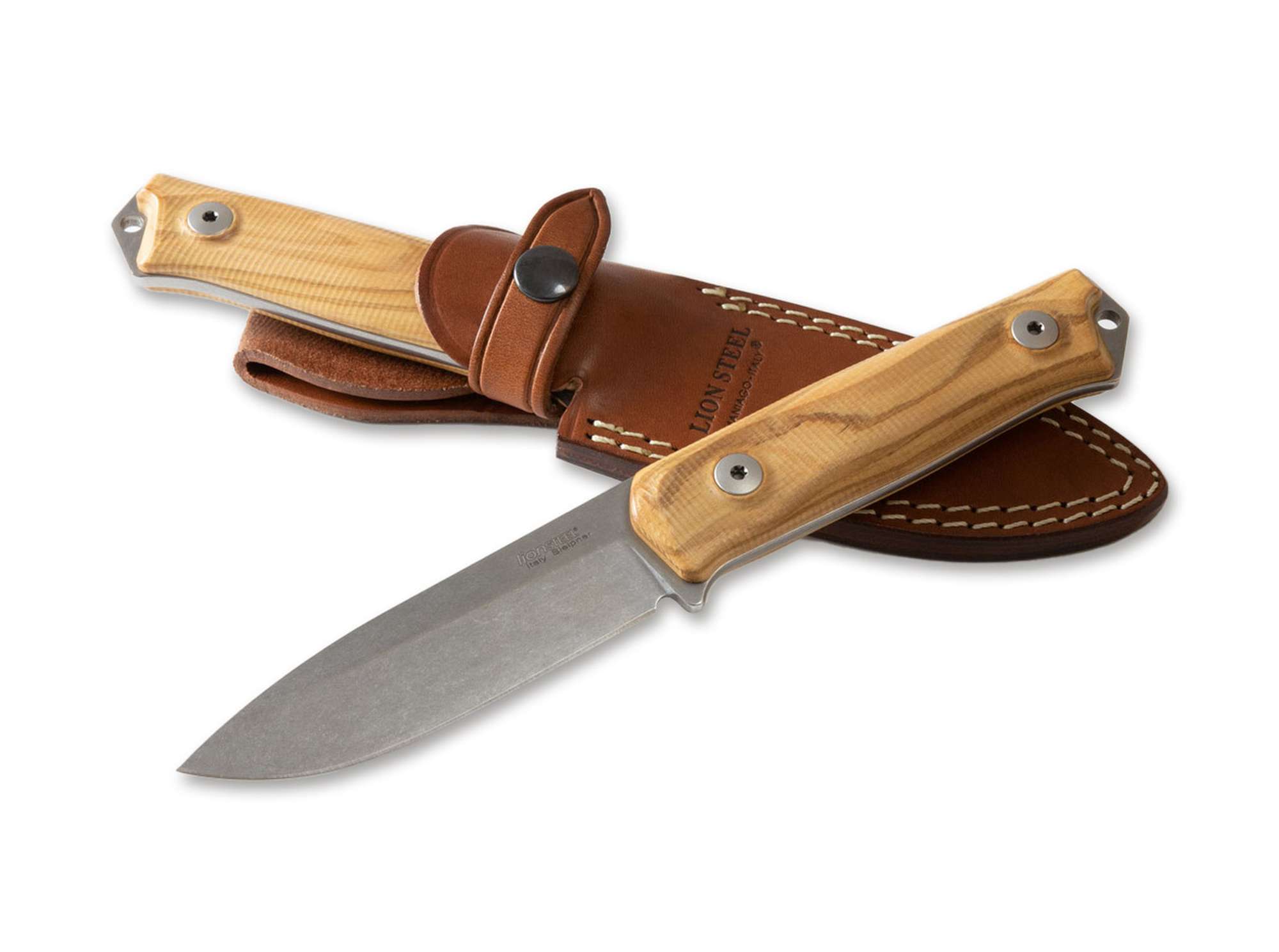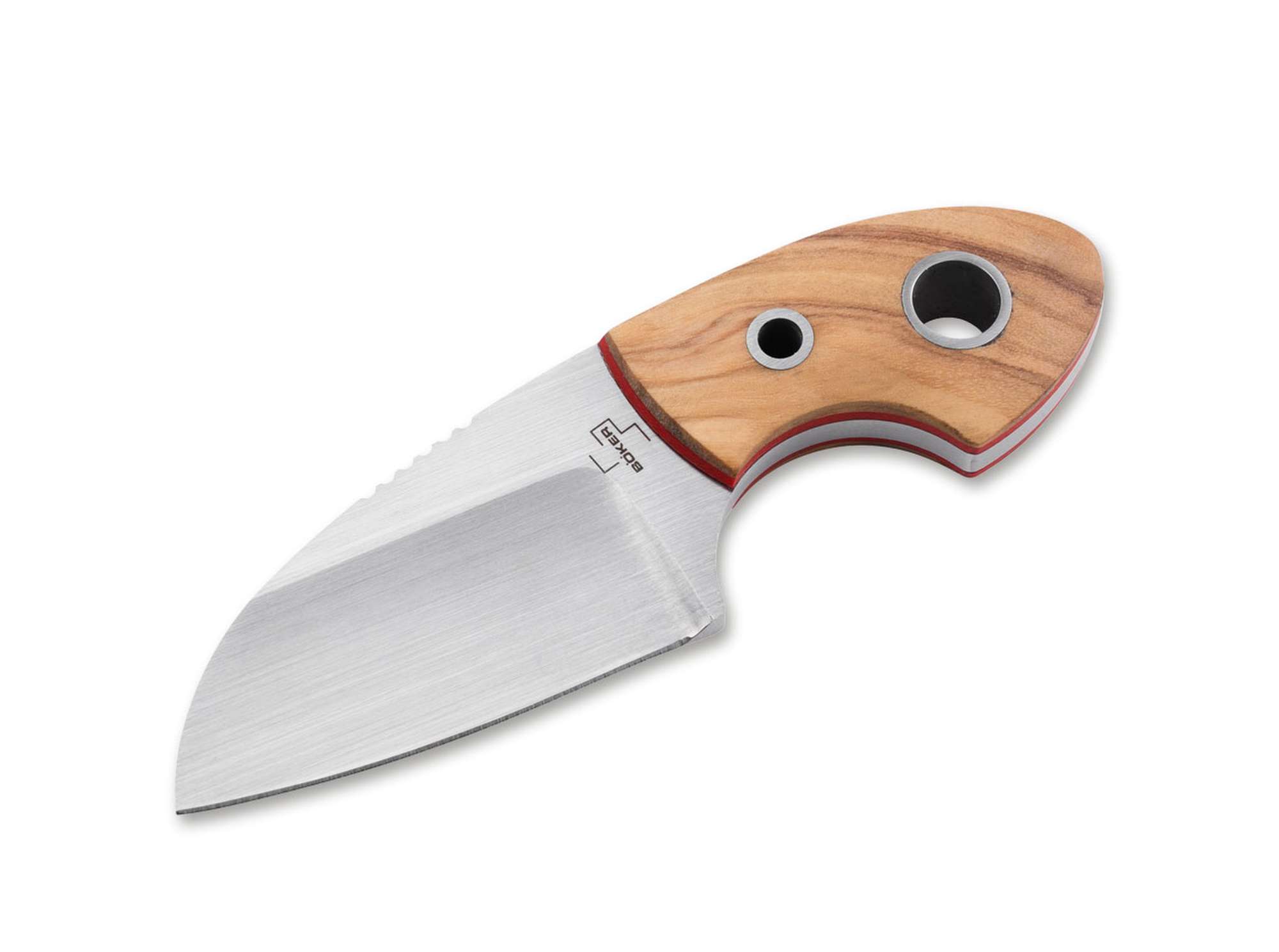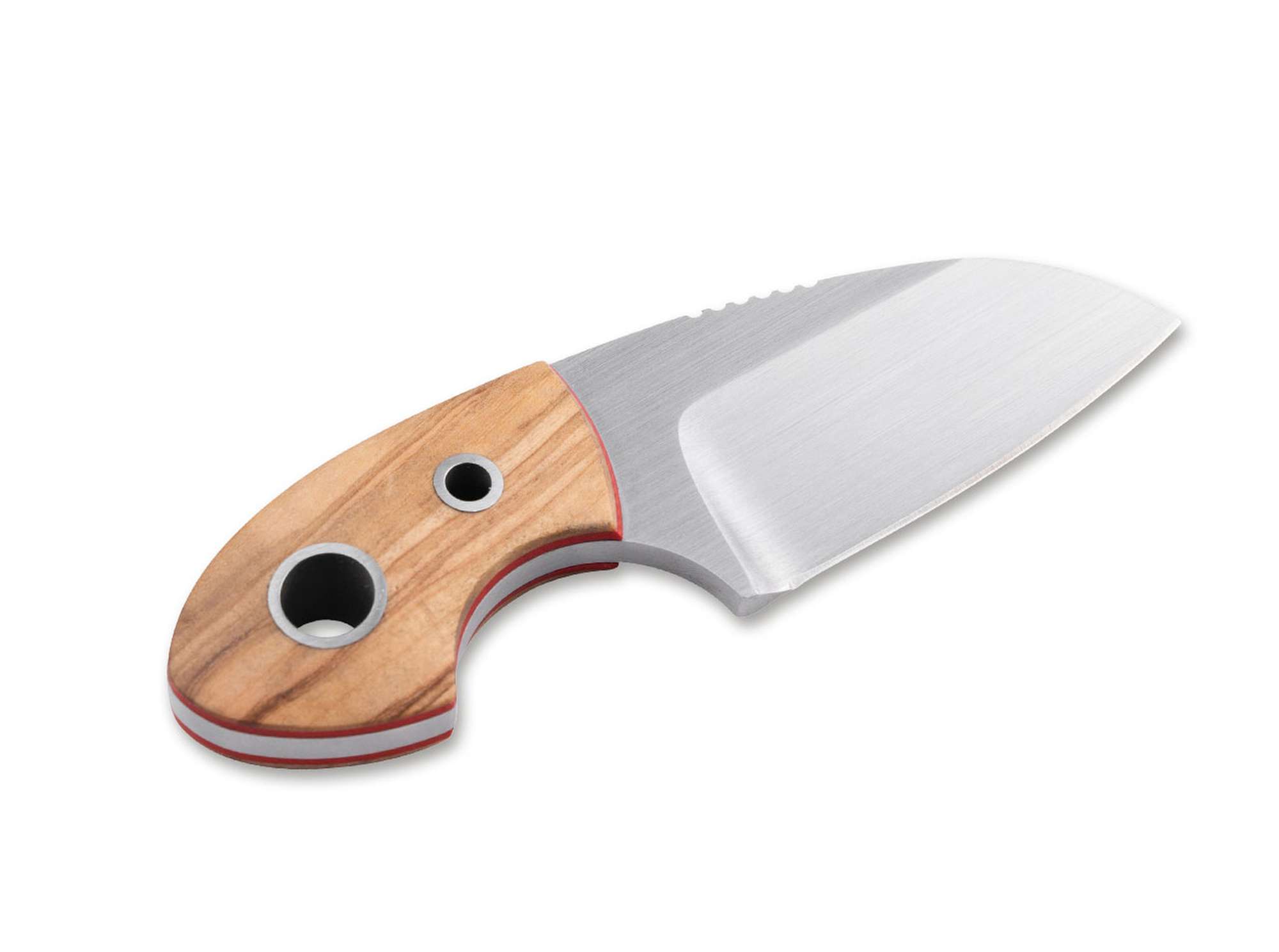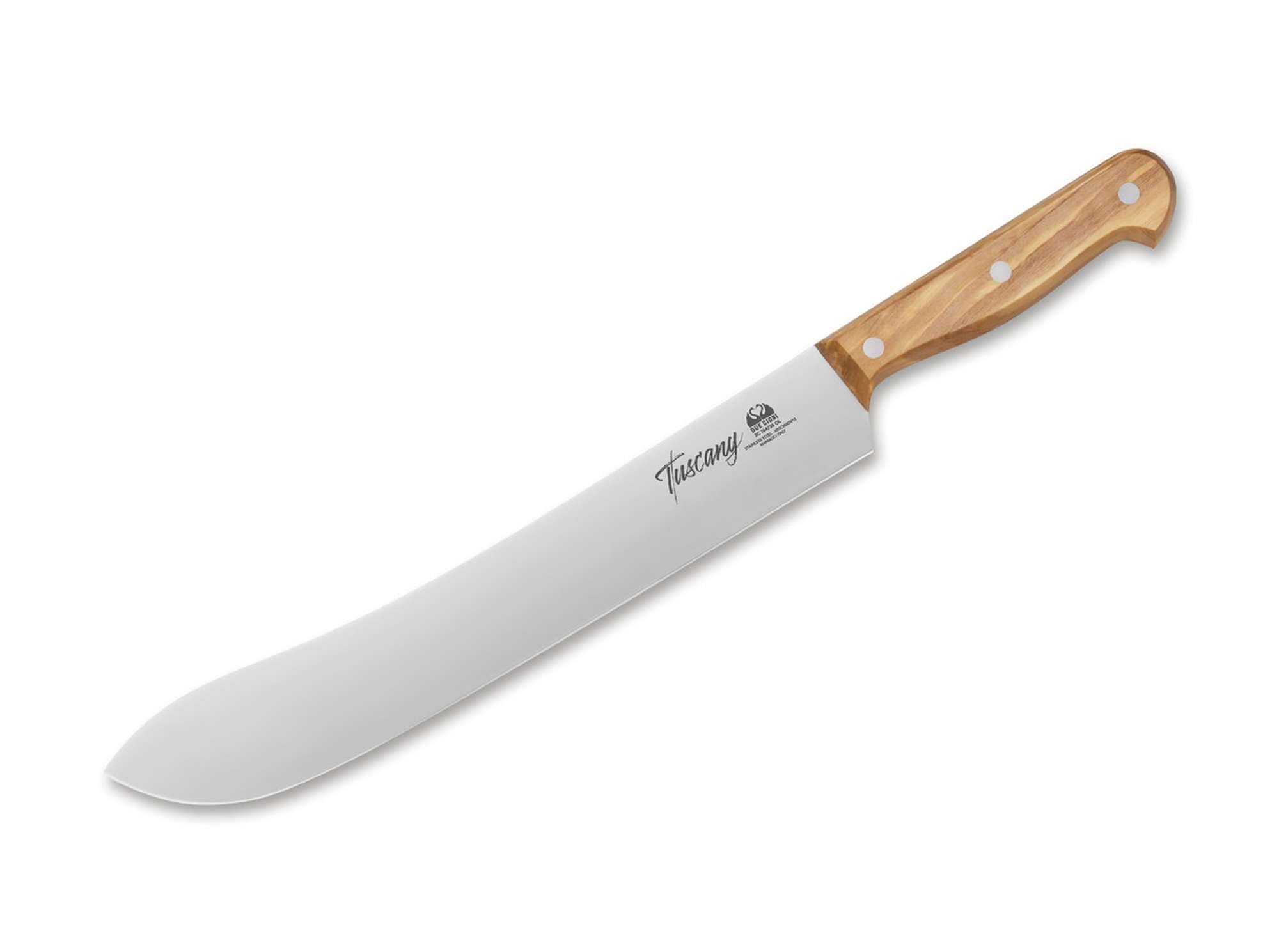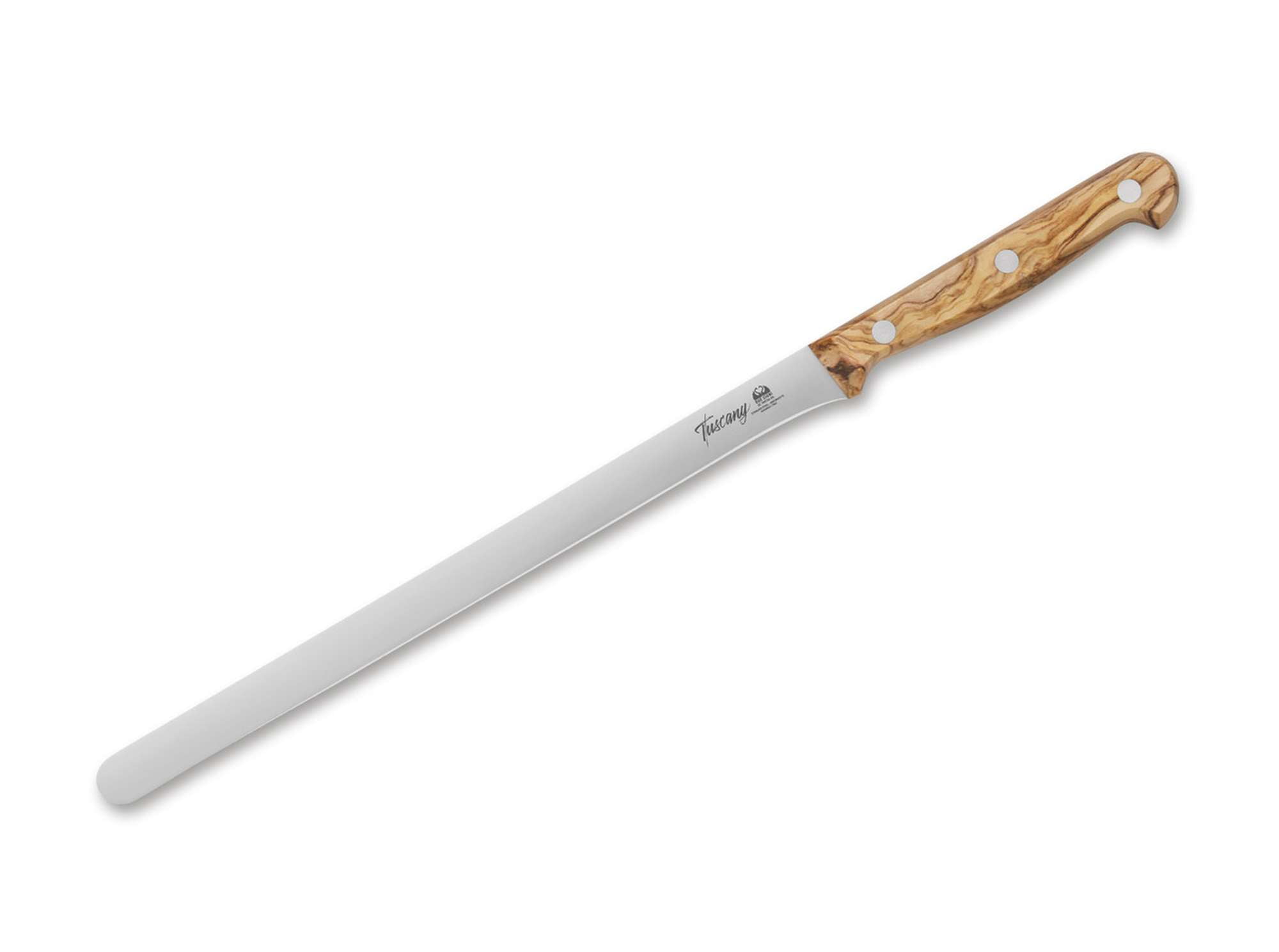Olive wood is used to make exclusive knife handles. It has a gray, beautifully nuanced color and strong individual pattern. Olive wood is very hard and dense as well as moisture-resistant.
In southern Europe, the Middle East and North Africa, the olive tree is not just cultivated around the Mediterranean, but singled out as a symbol for the region\’s landscape and culture. It requires specific climate conditions often present in the Mediterranean – it needs very little water and can handle heat but not frost. Since 4000 BCE, the olive tree has been cultivated as an agricultural plant and now has over a thousand different varieties growing in the Mediterranean. Olive trees also grow on the Black Sea, in the non-Mediterranean regions of the Middle East and in southern Africa. Some olive species grow between 10 and 20 meters tall. They grow very slowly and can live for several hundred years.
Olive trees are known for their gnarled and knobby growth. The slow growth on mostly barren, dry soil and the oddly irregular shape of the olive tree give the wood very special properties. The slow growth makes olive wood very dense and hard – harder than any other type of wood indigenous to Europe. The gnarled shape creates a typical individual pattern that varies from tree to tree. Olive sapwood is light yellow, while the hardwood has a gray base, usually with dark brown stripes. Olive wood is very precious, not just because it grows extremely slowly but also because it has to be dried for several years before it can be processed.
Processed olive wood has a very smooth, slightly shiny surface that benefits from being rubbed with olive oil on a regular basis. Apart from high-quality knife handles, olive wood is also used to make furniture.
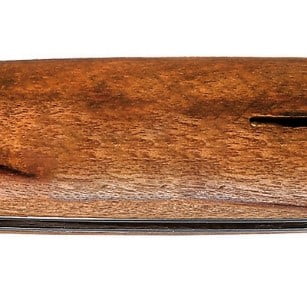
Showing 1–30 of 172 resultsSorted by popularity
-
Brand: Viper


